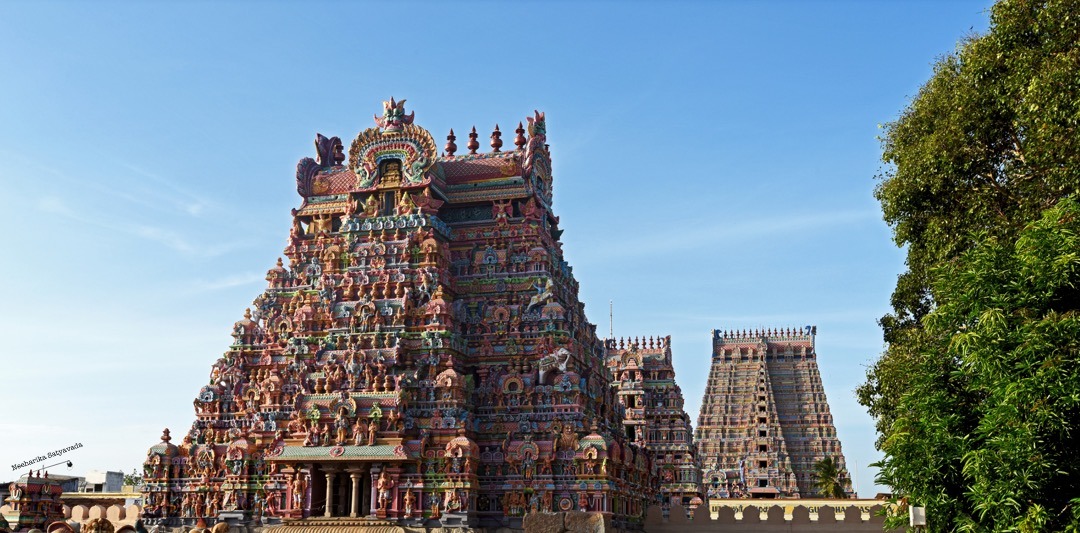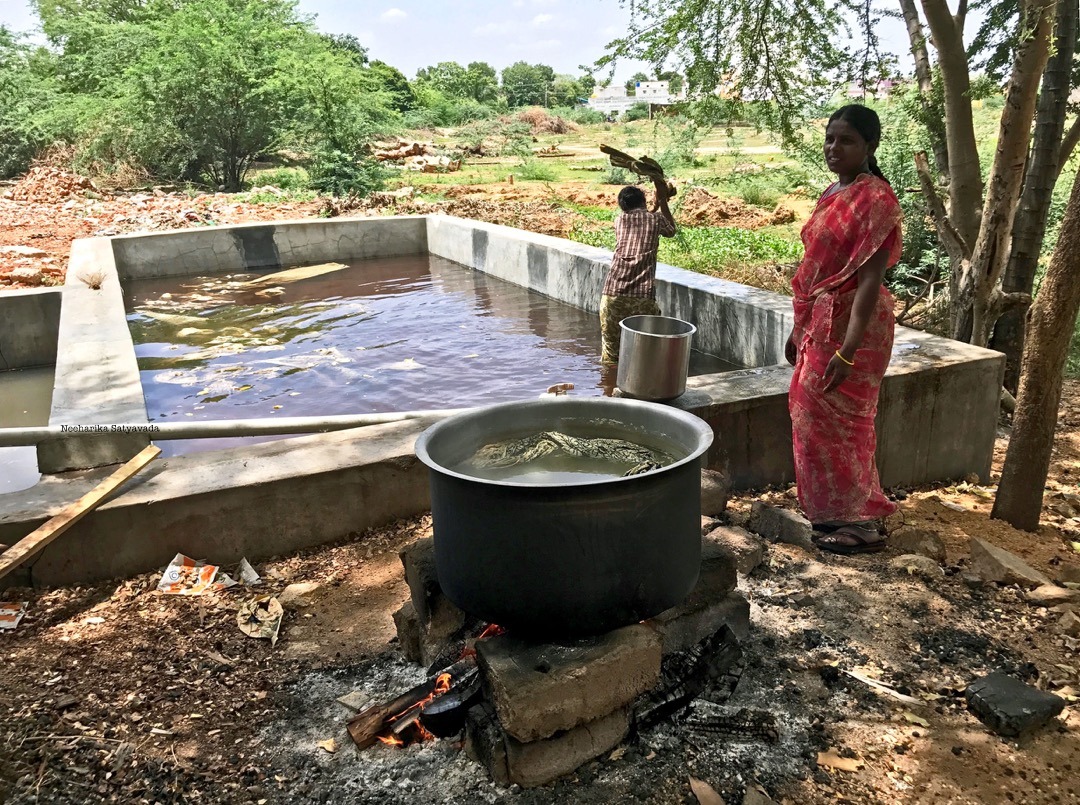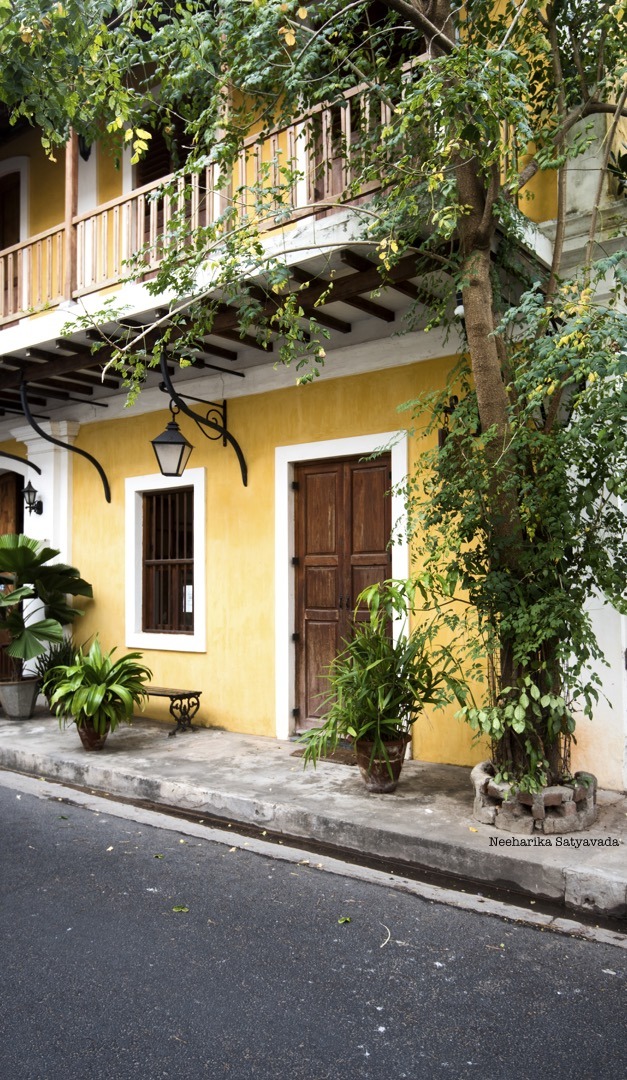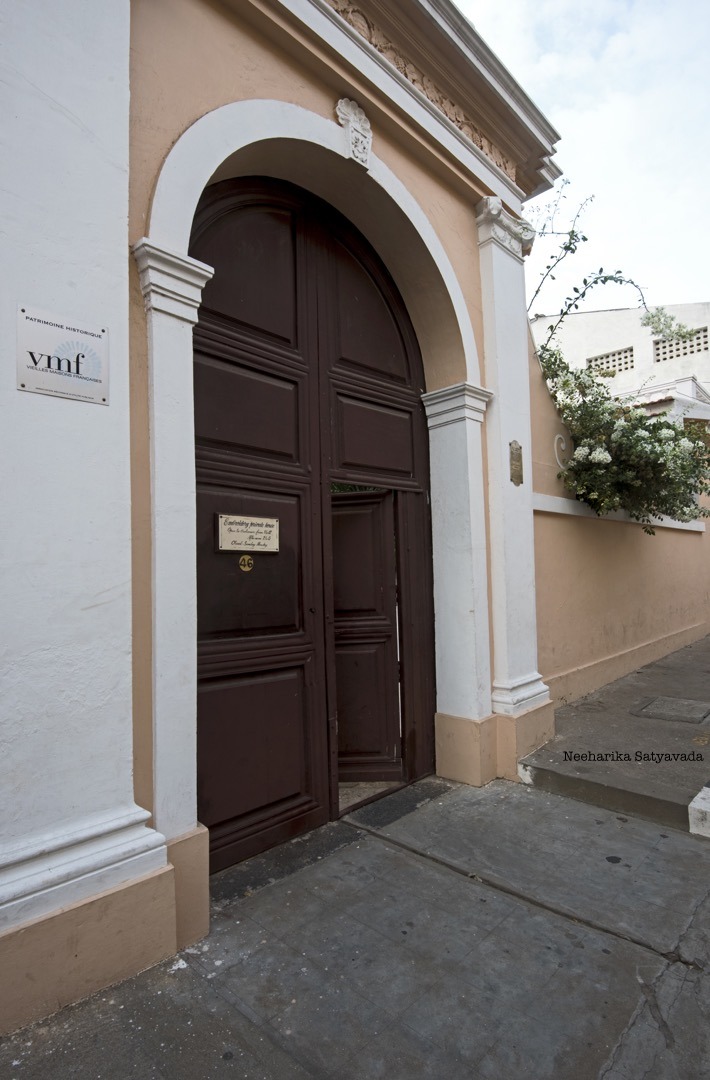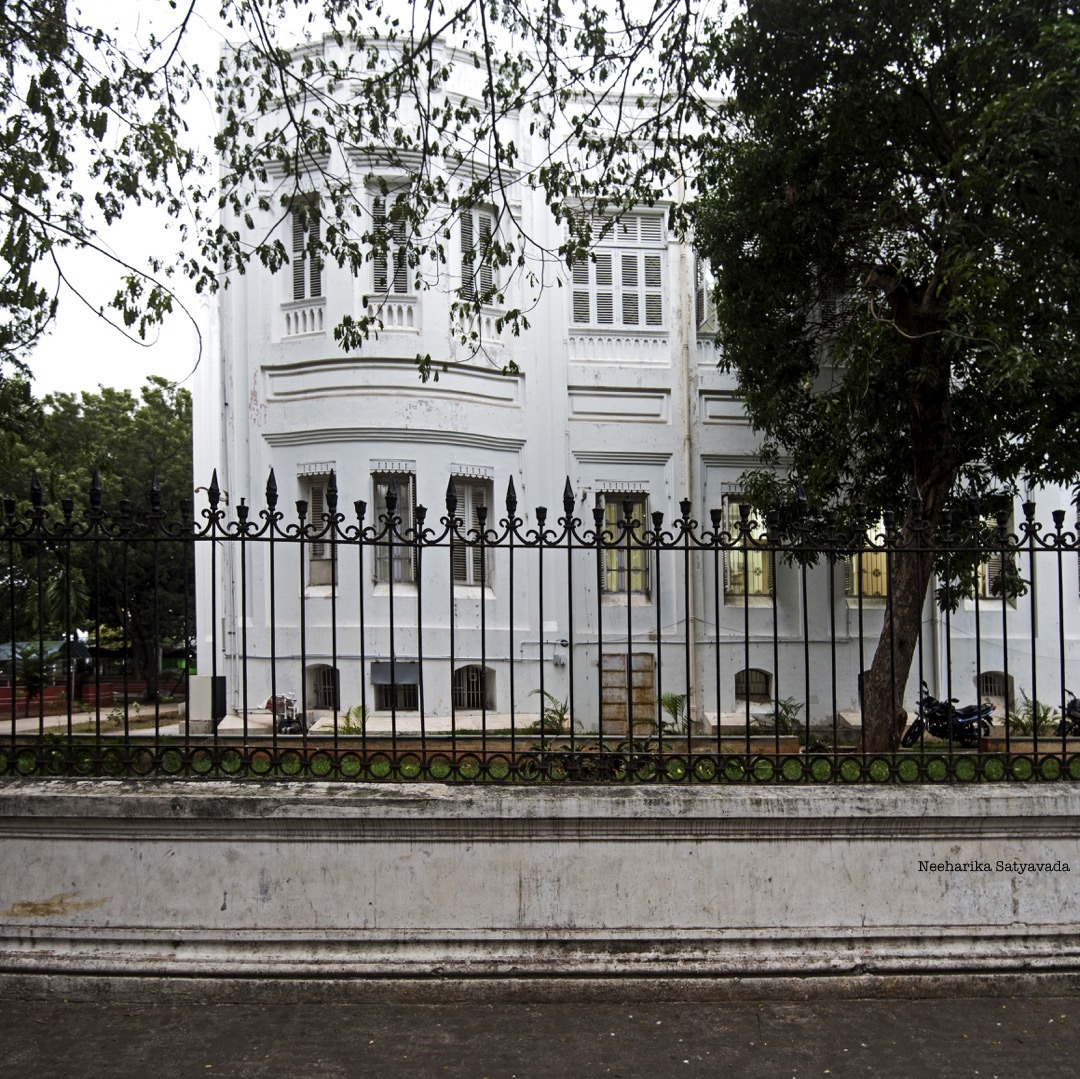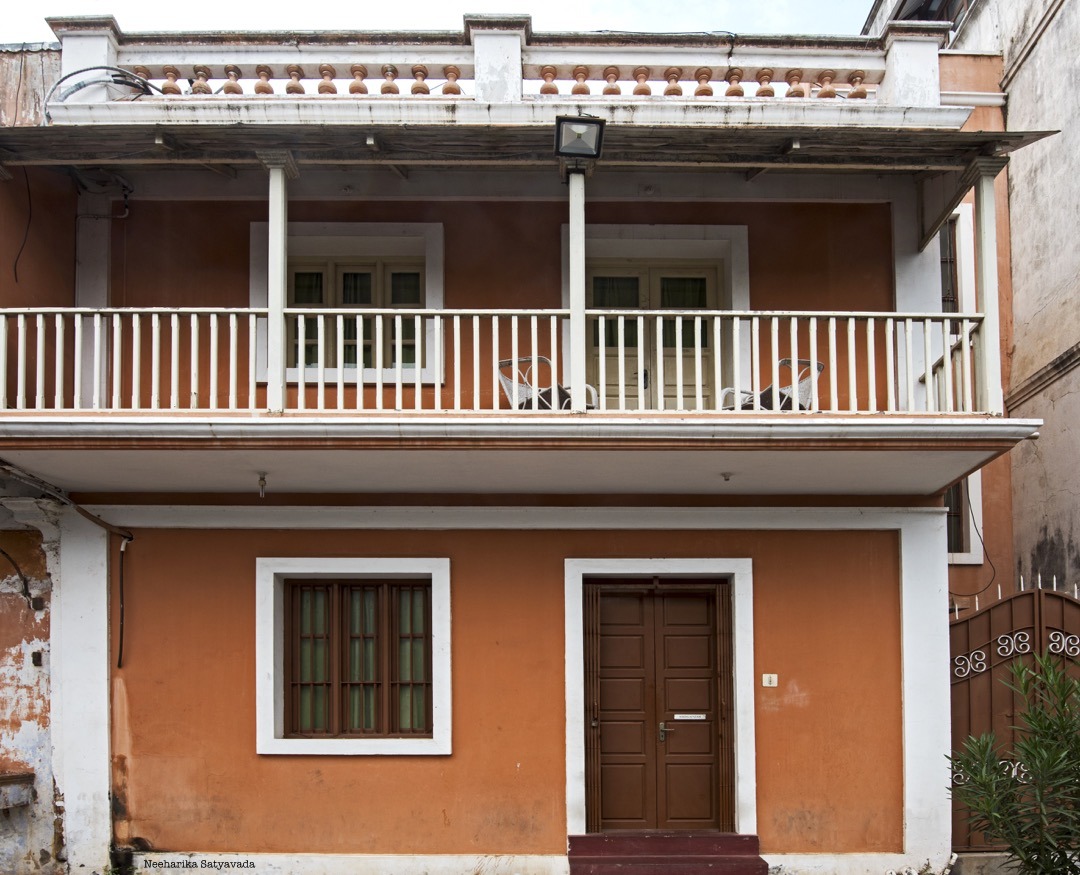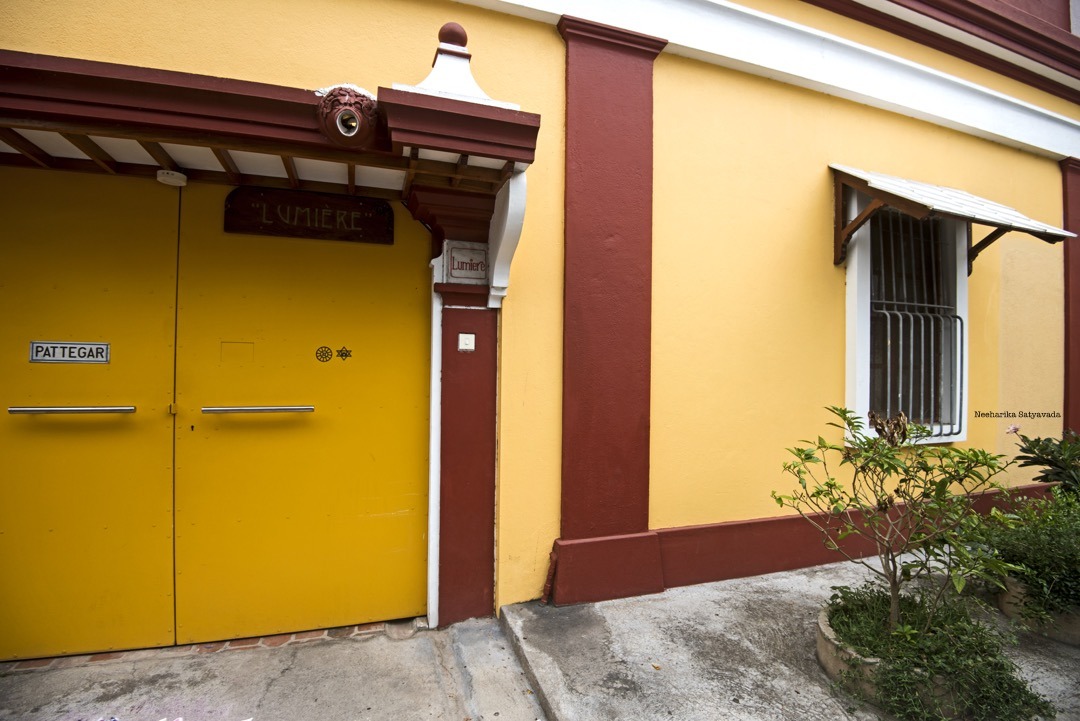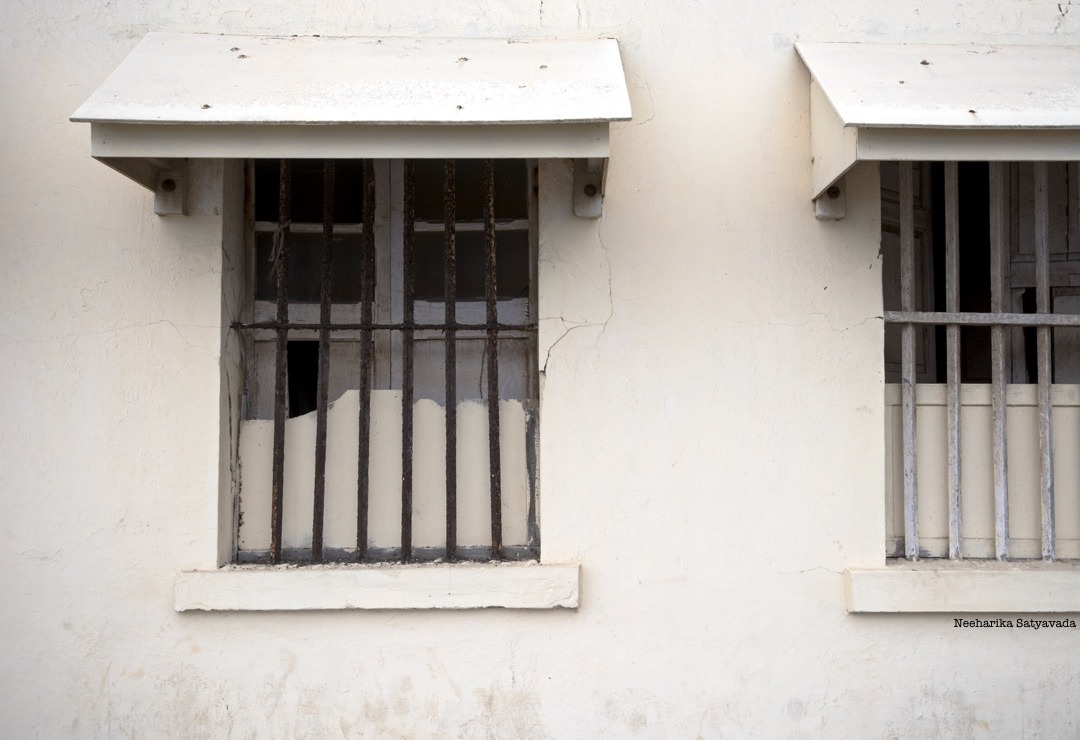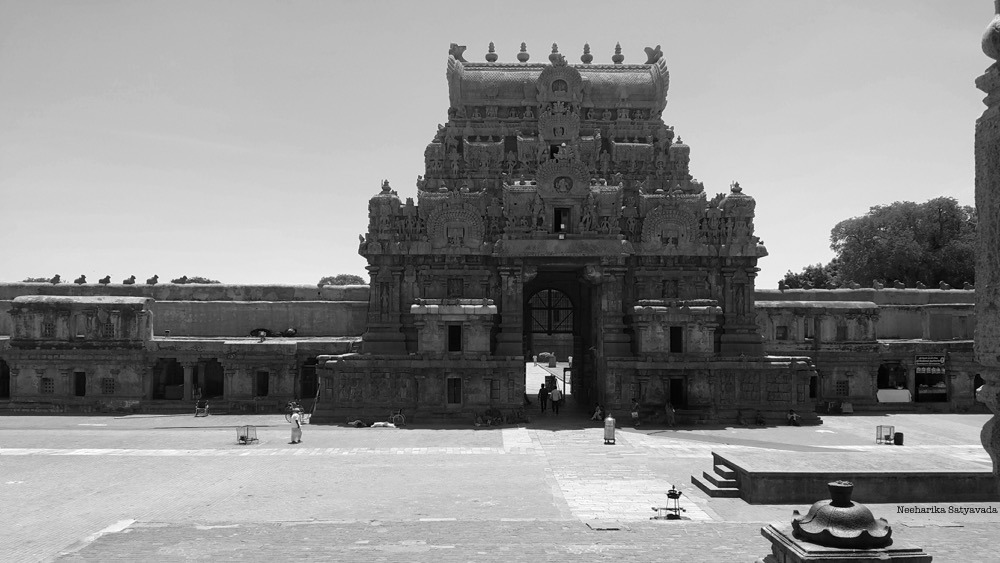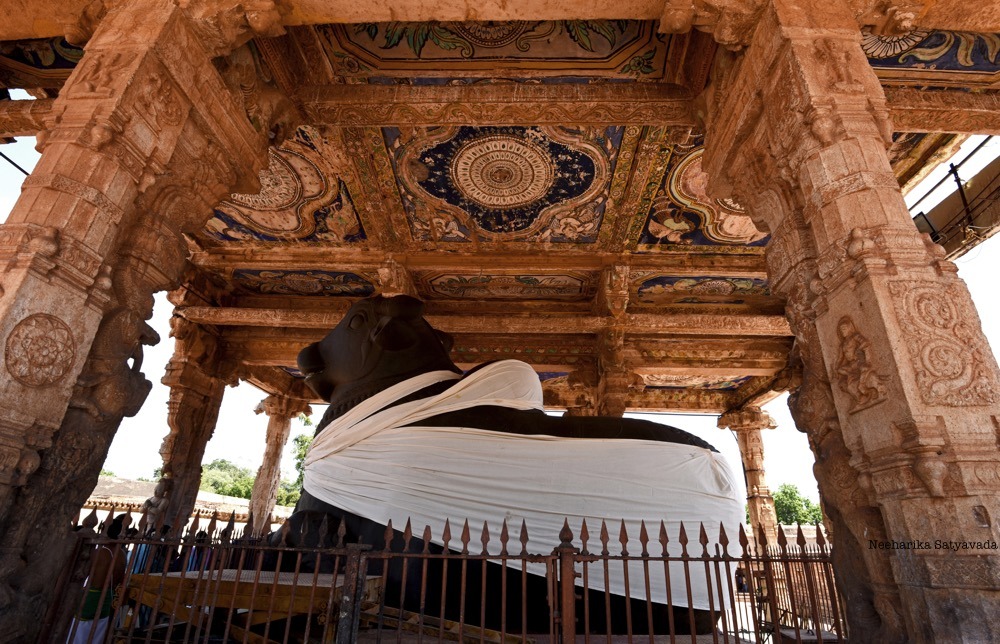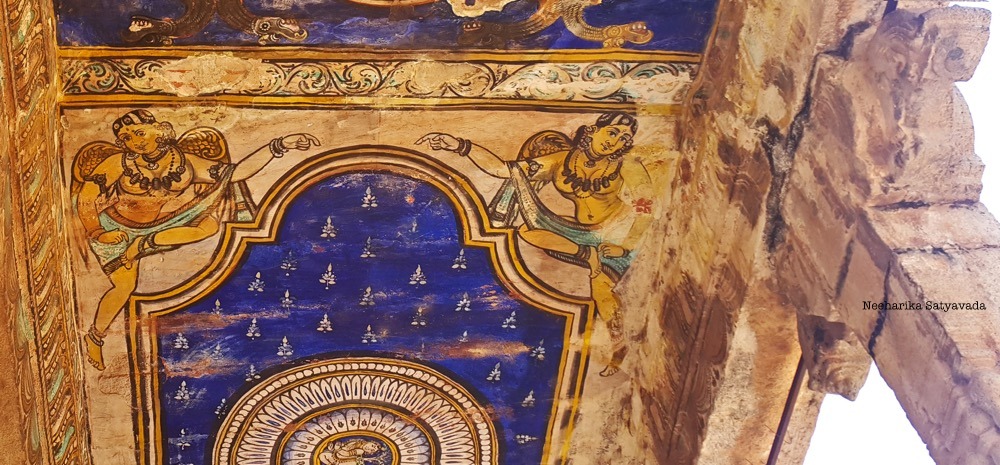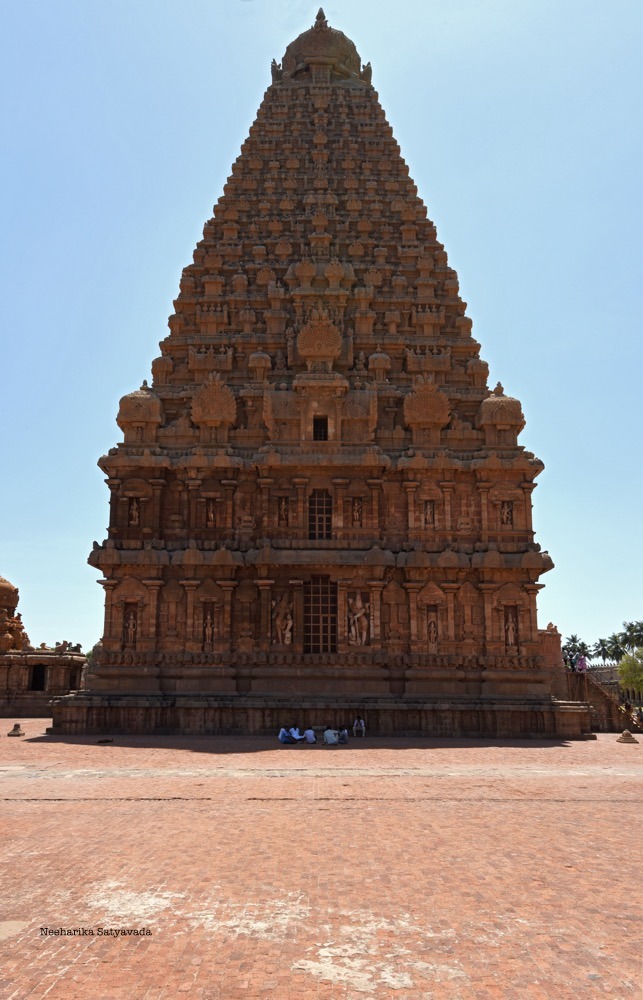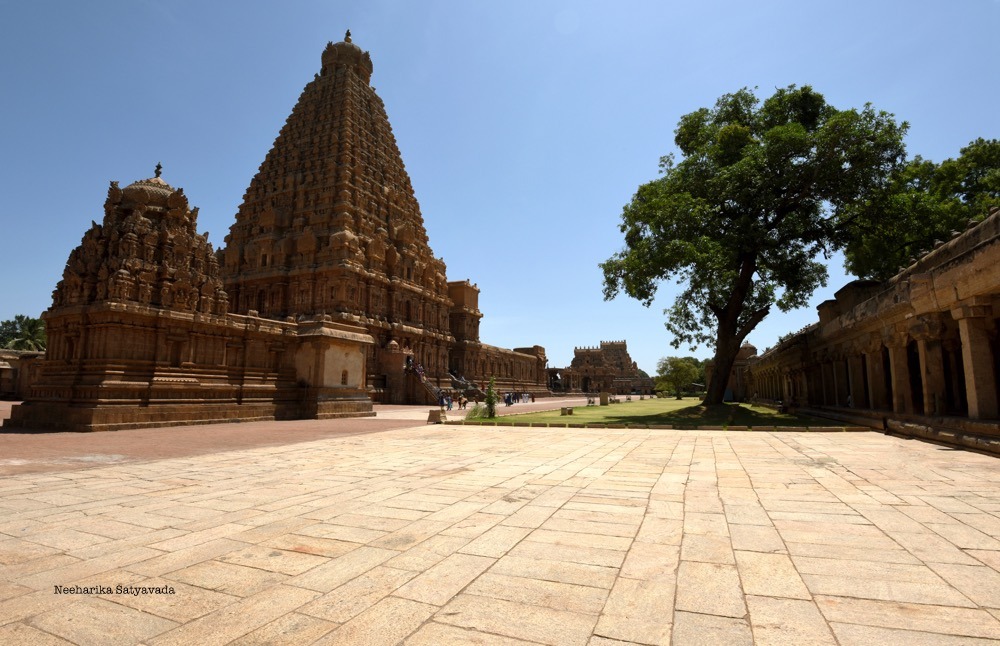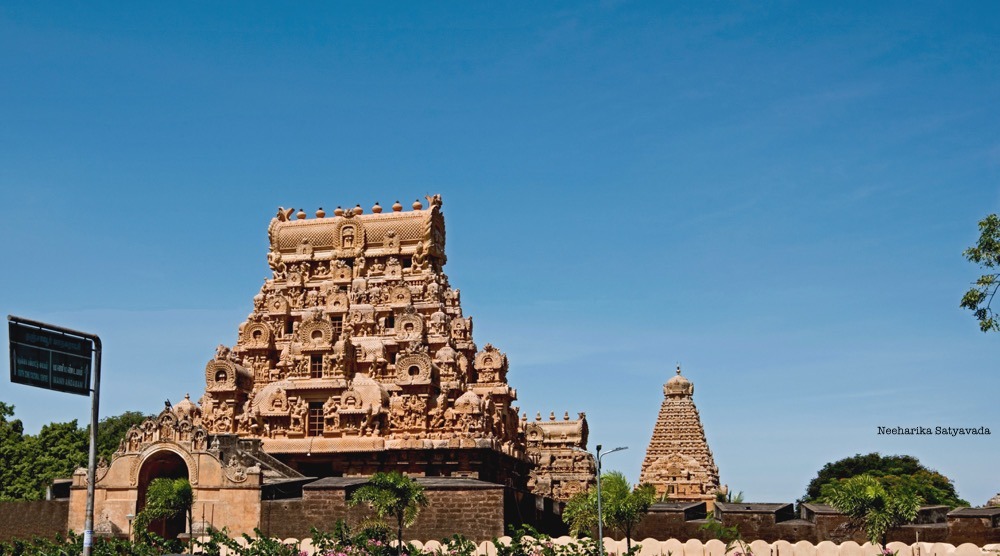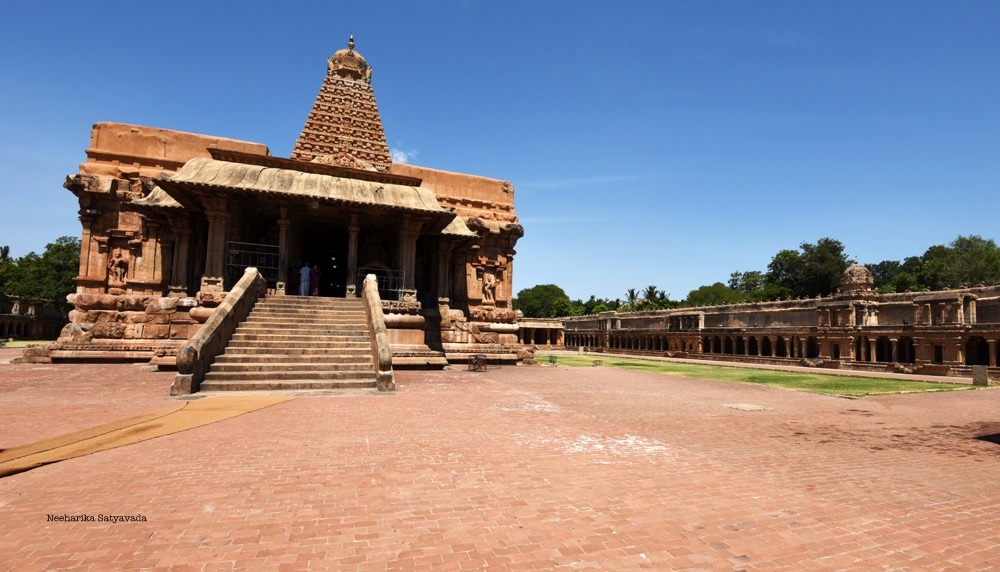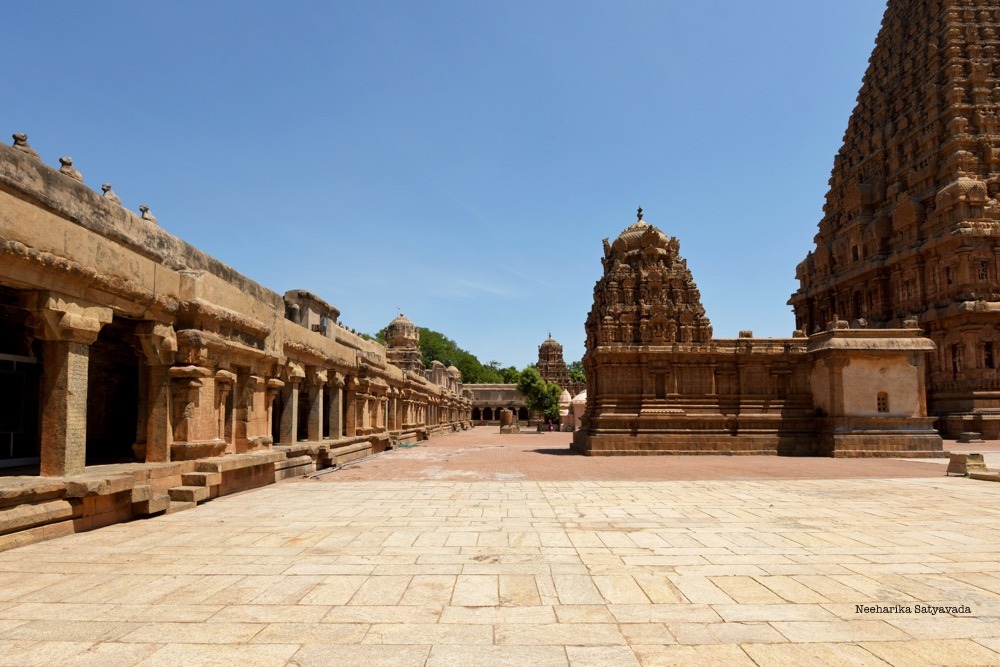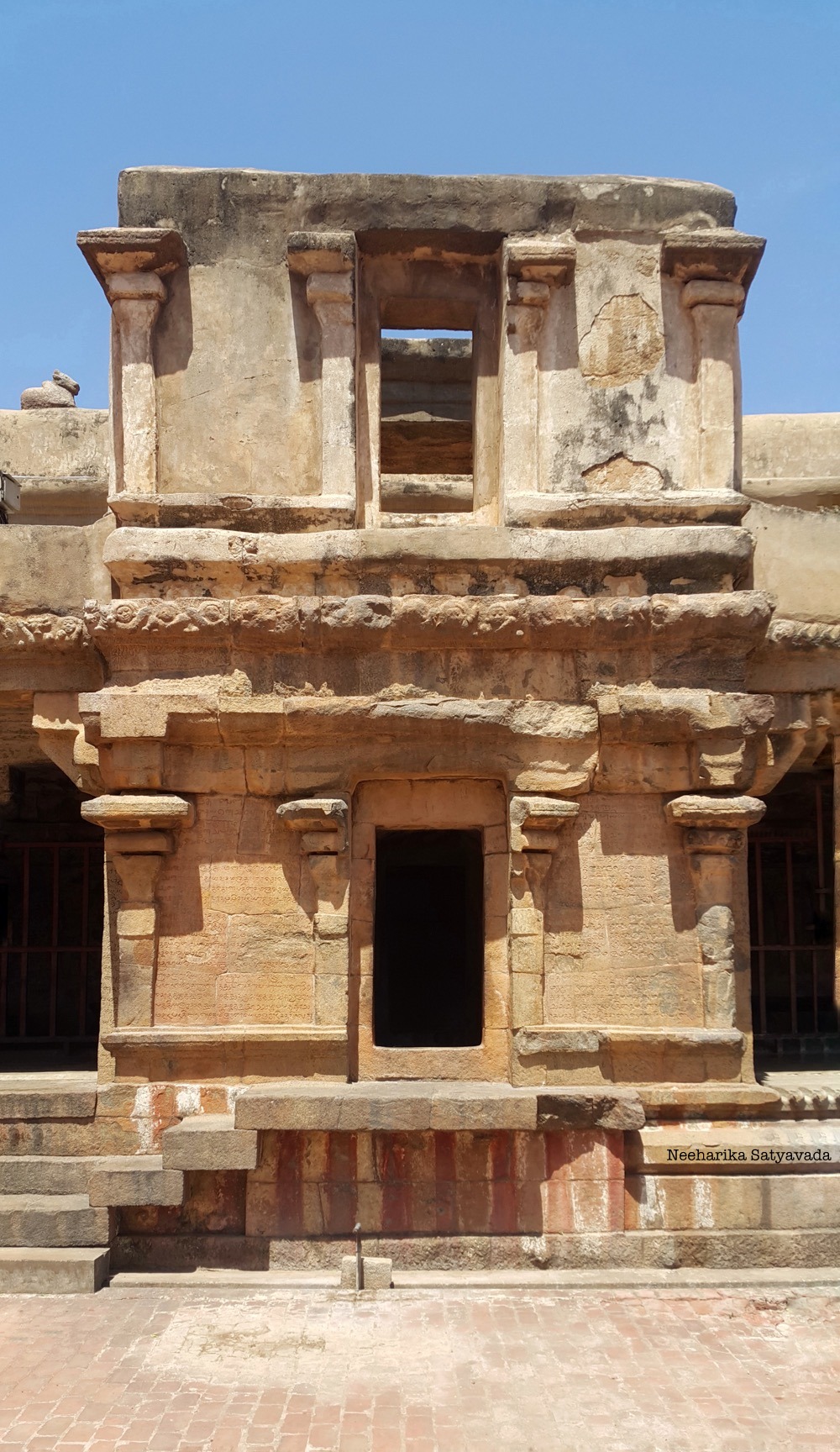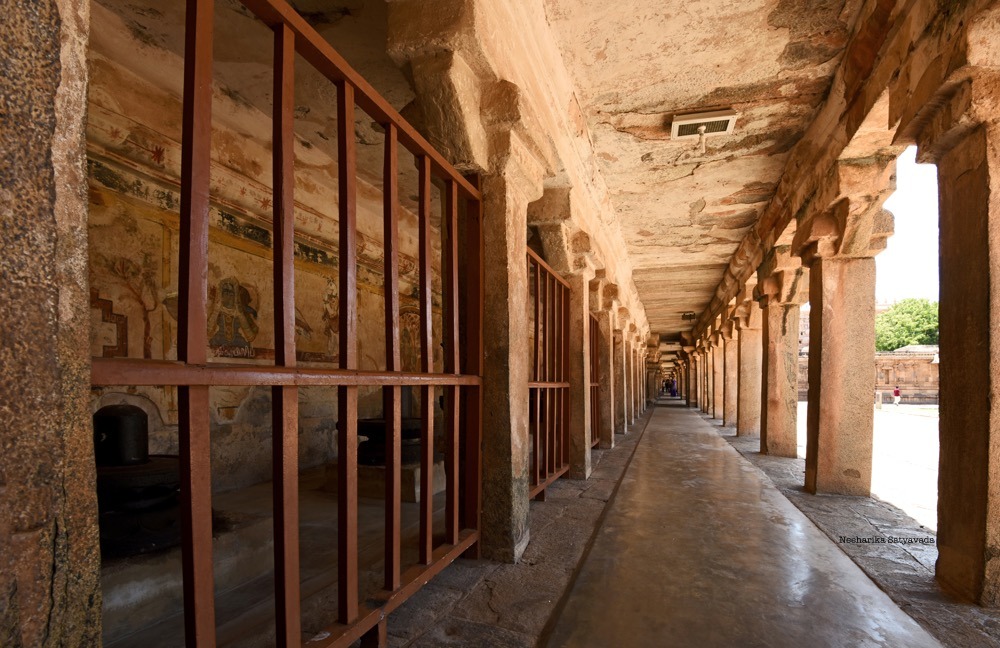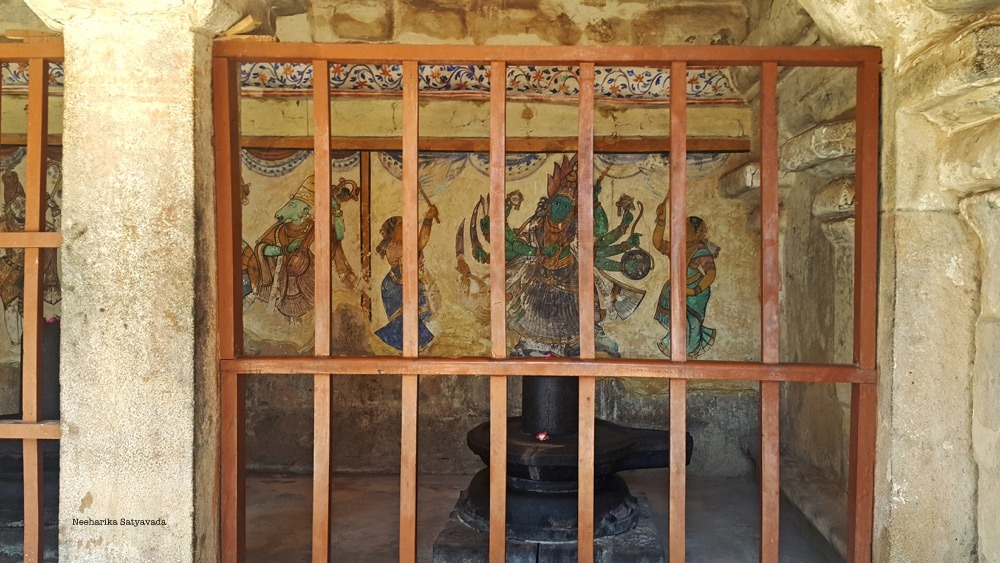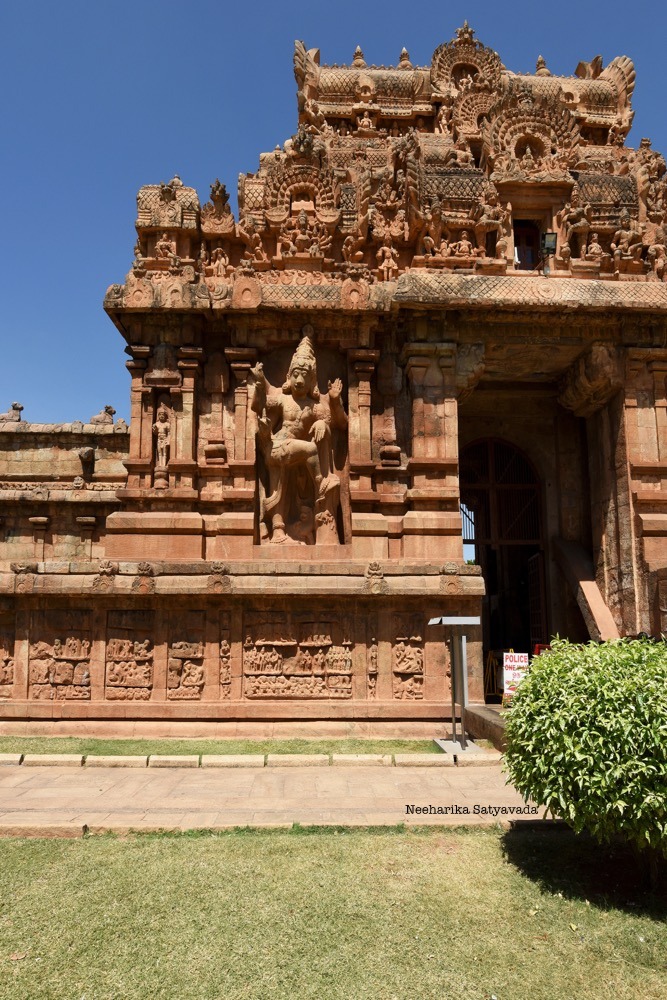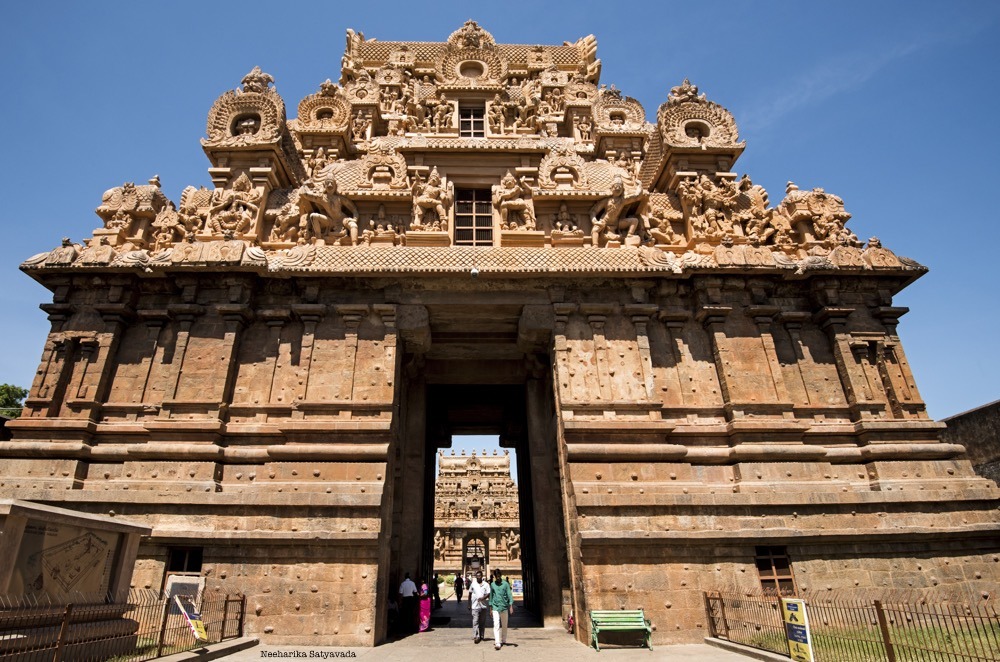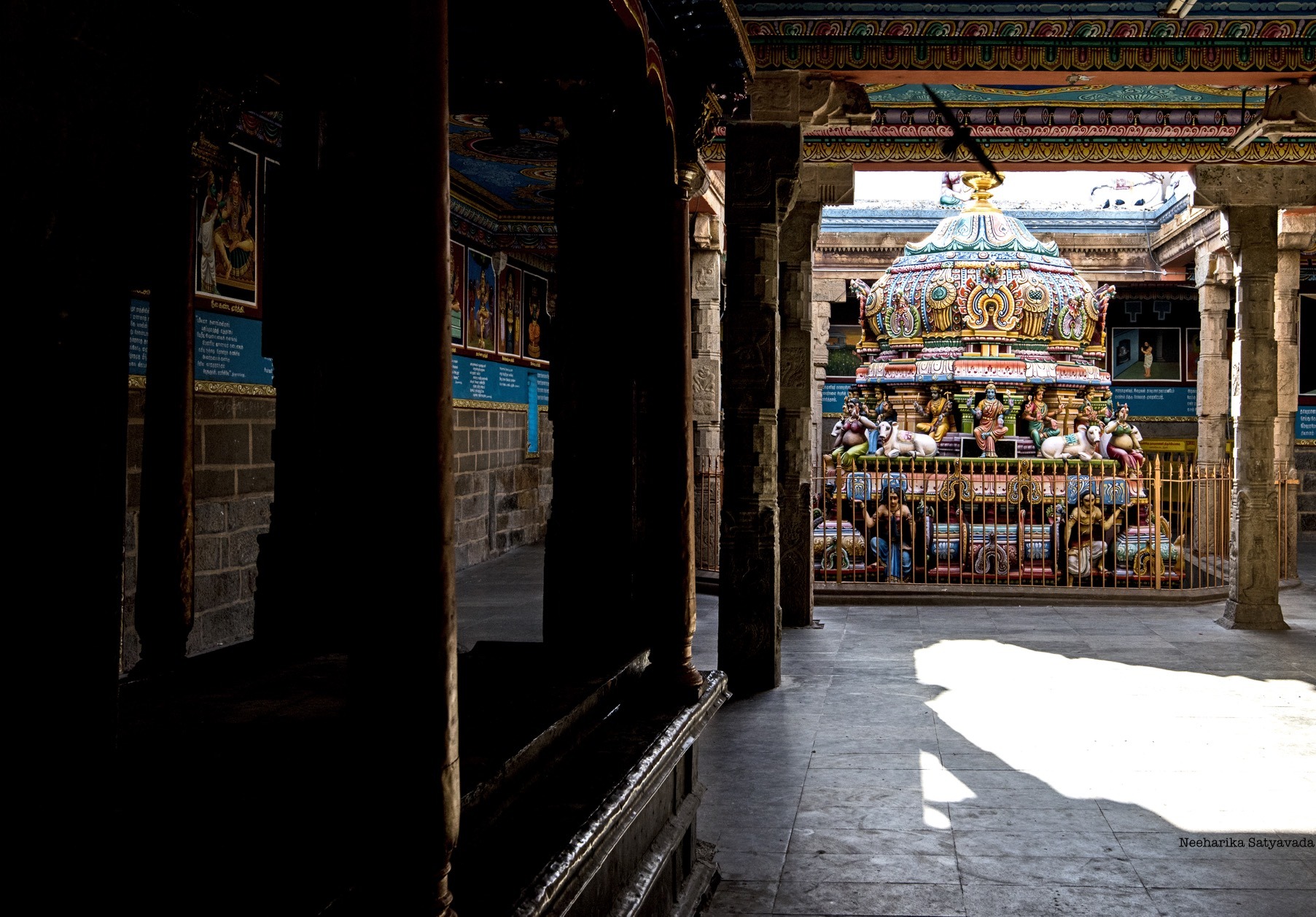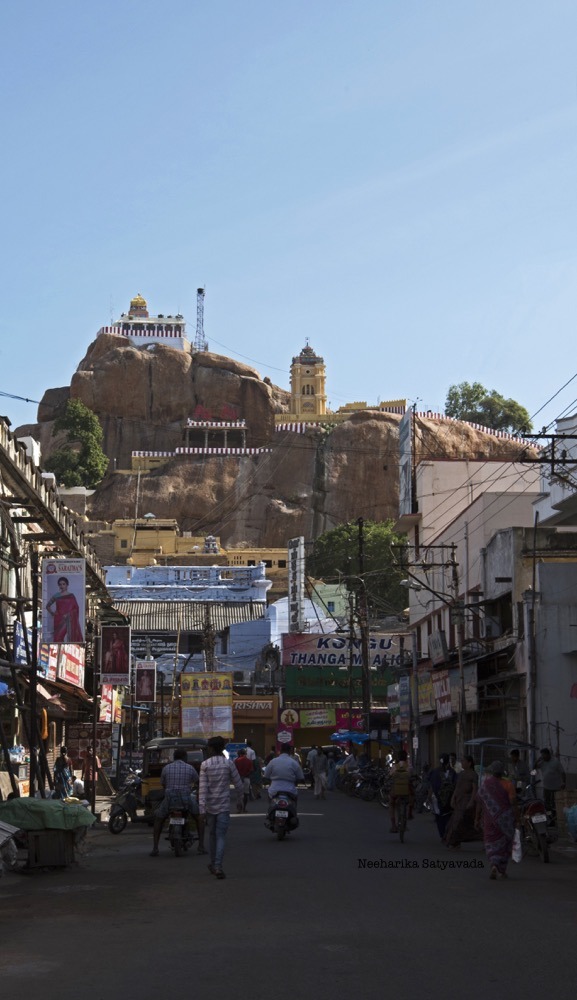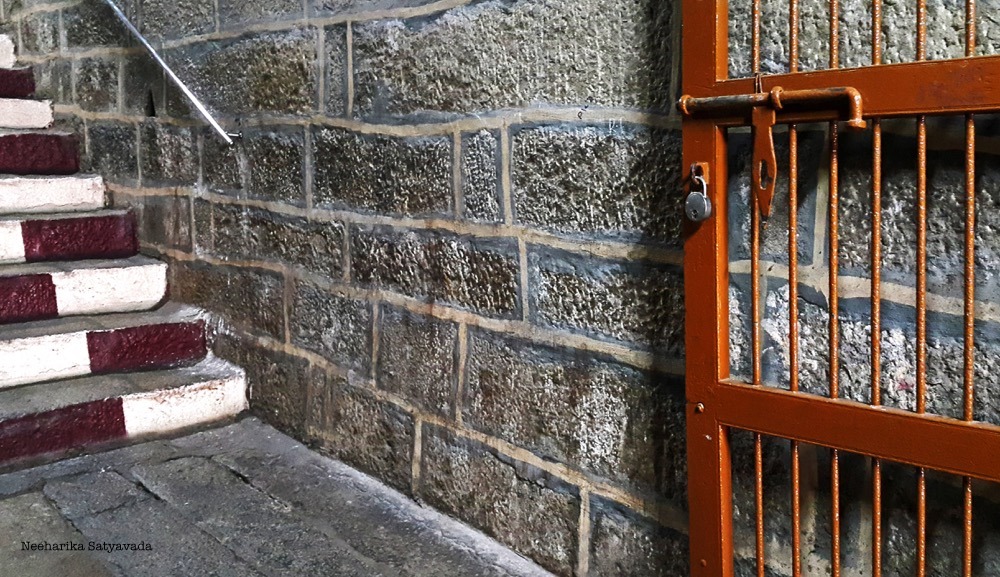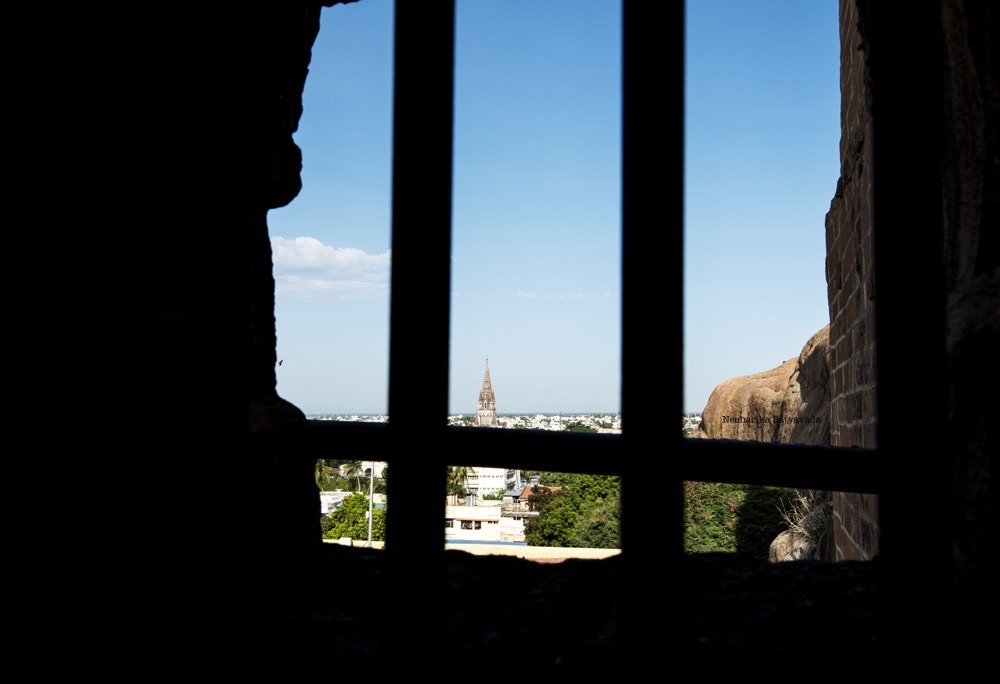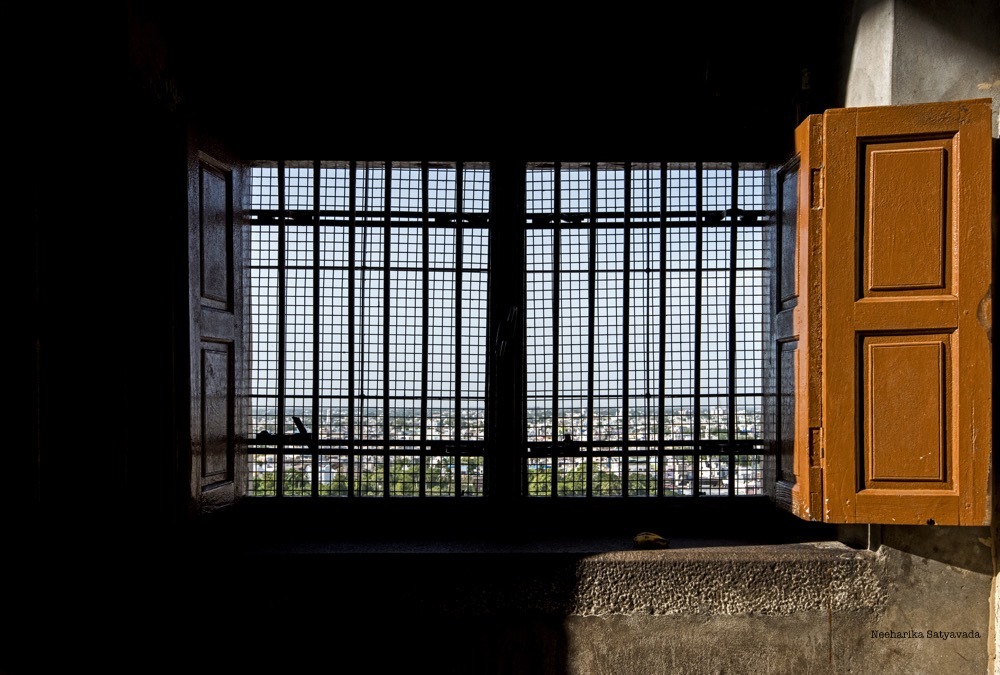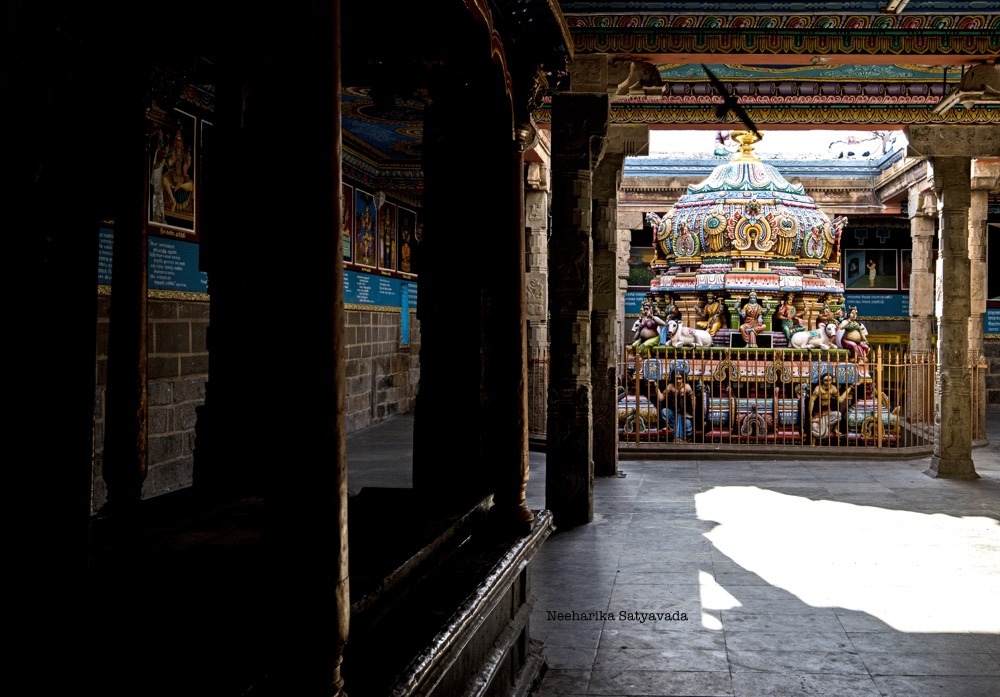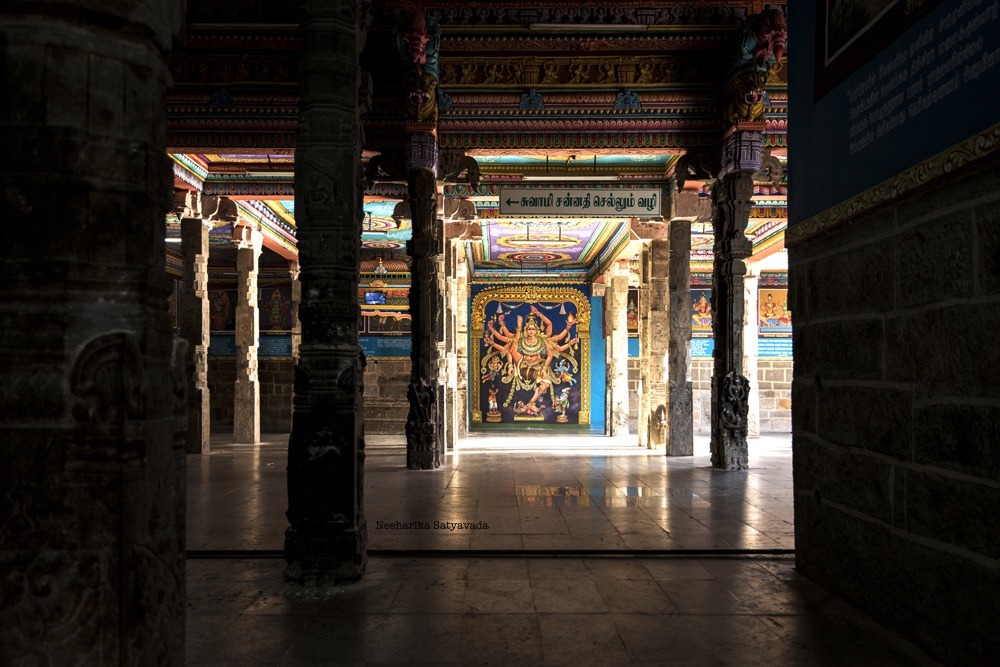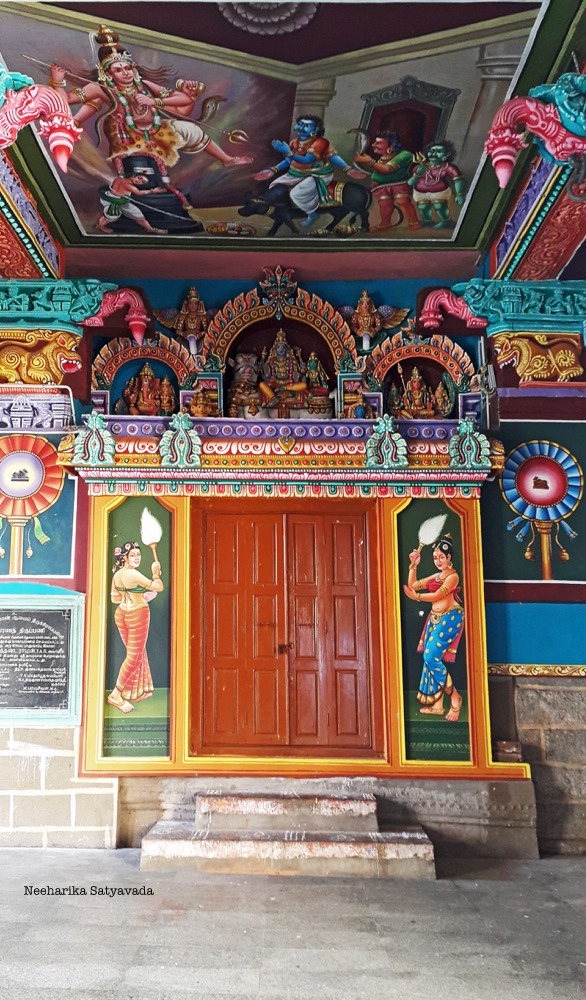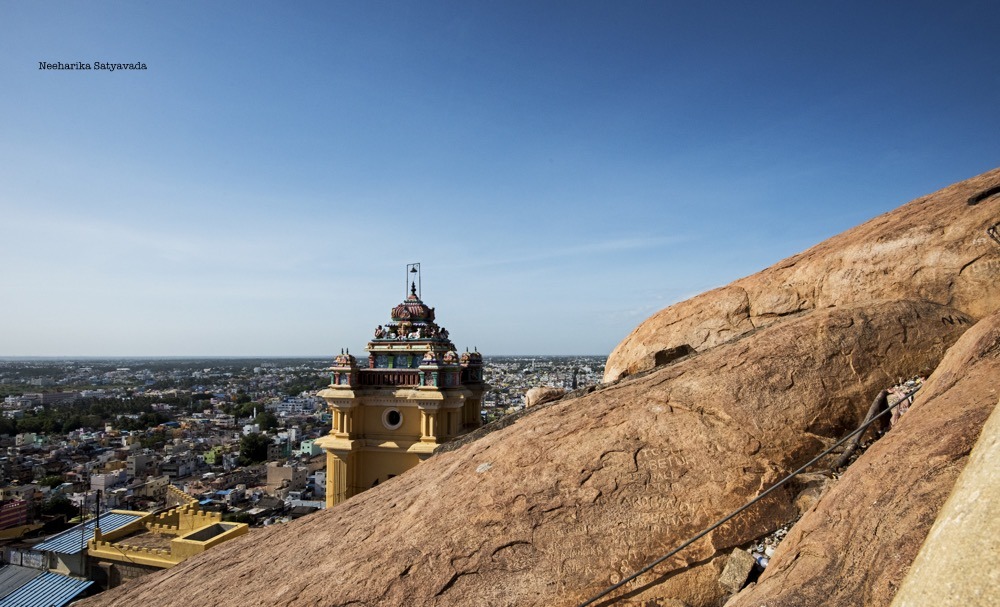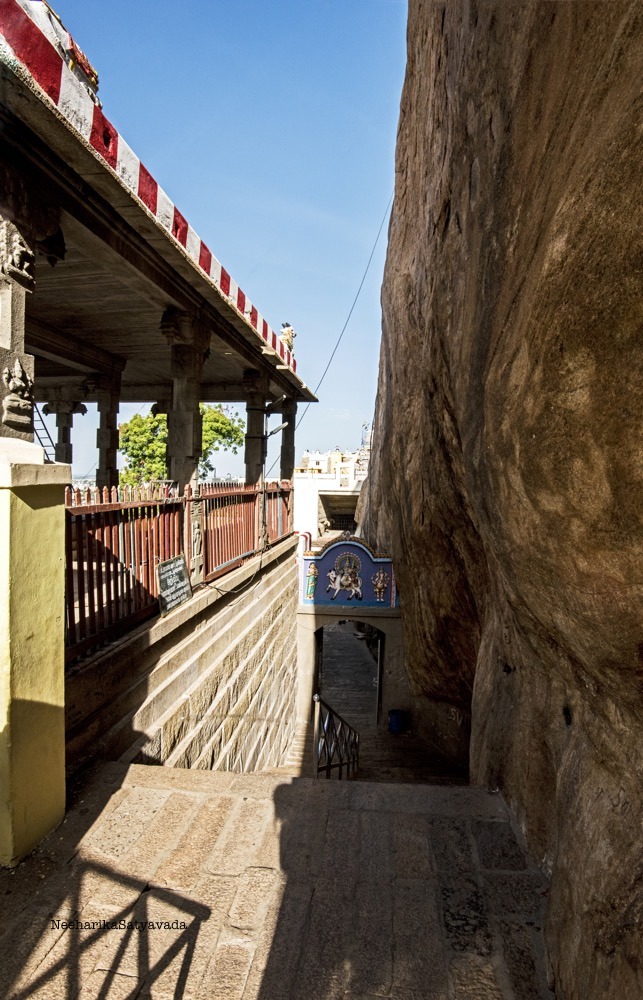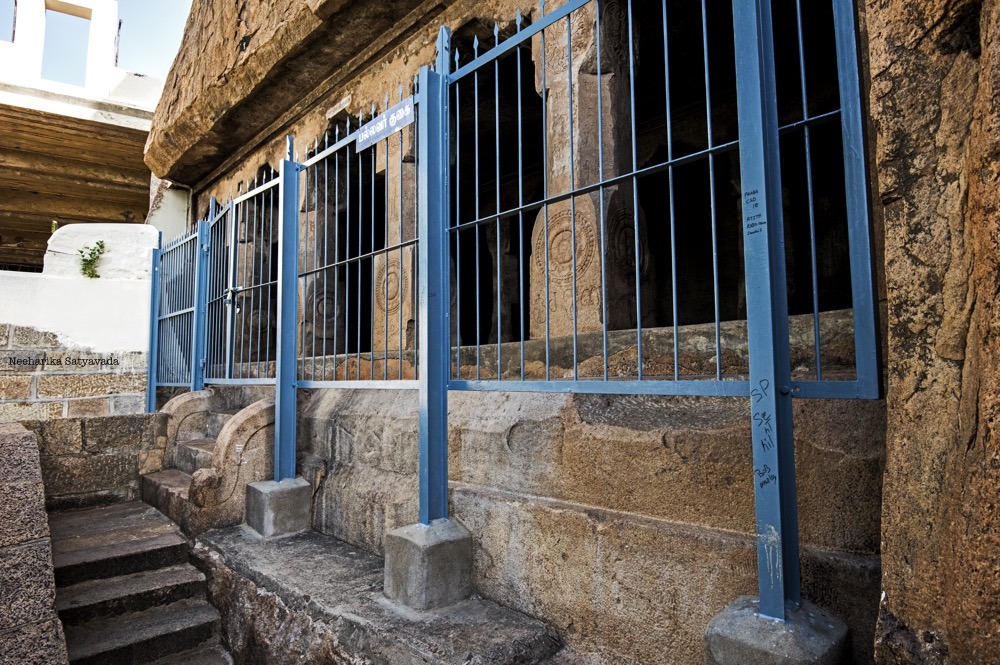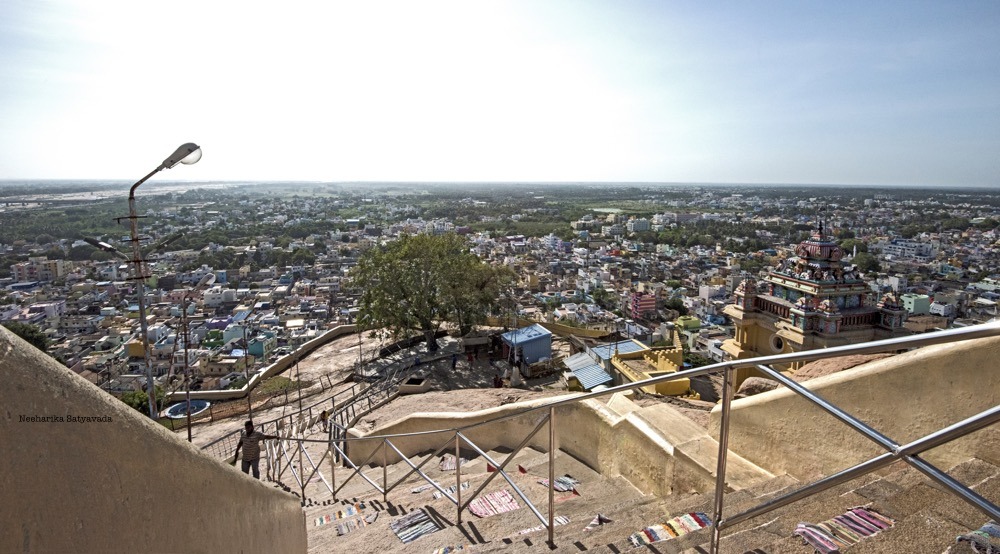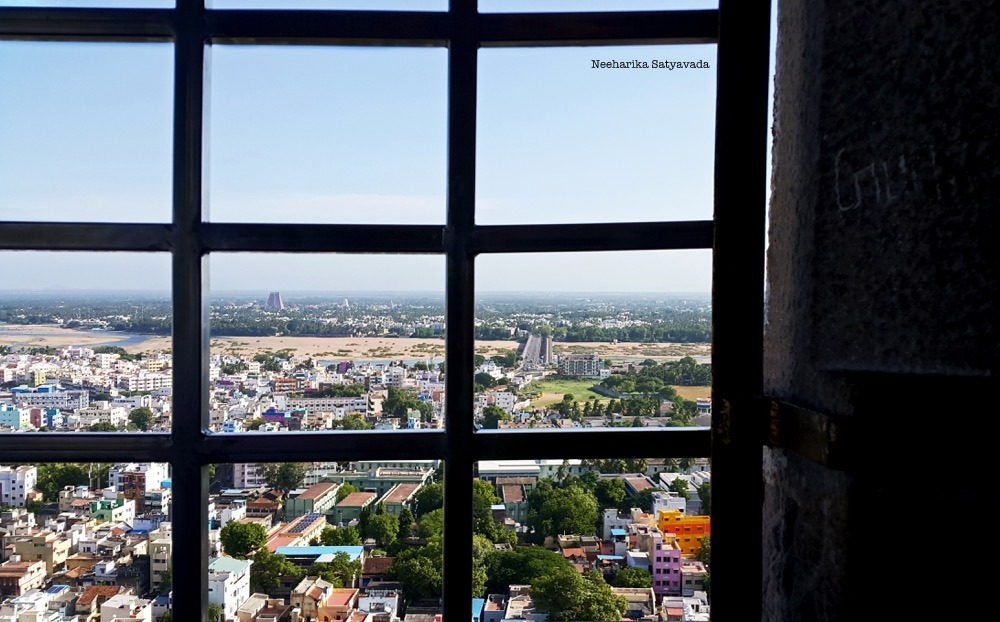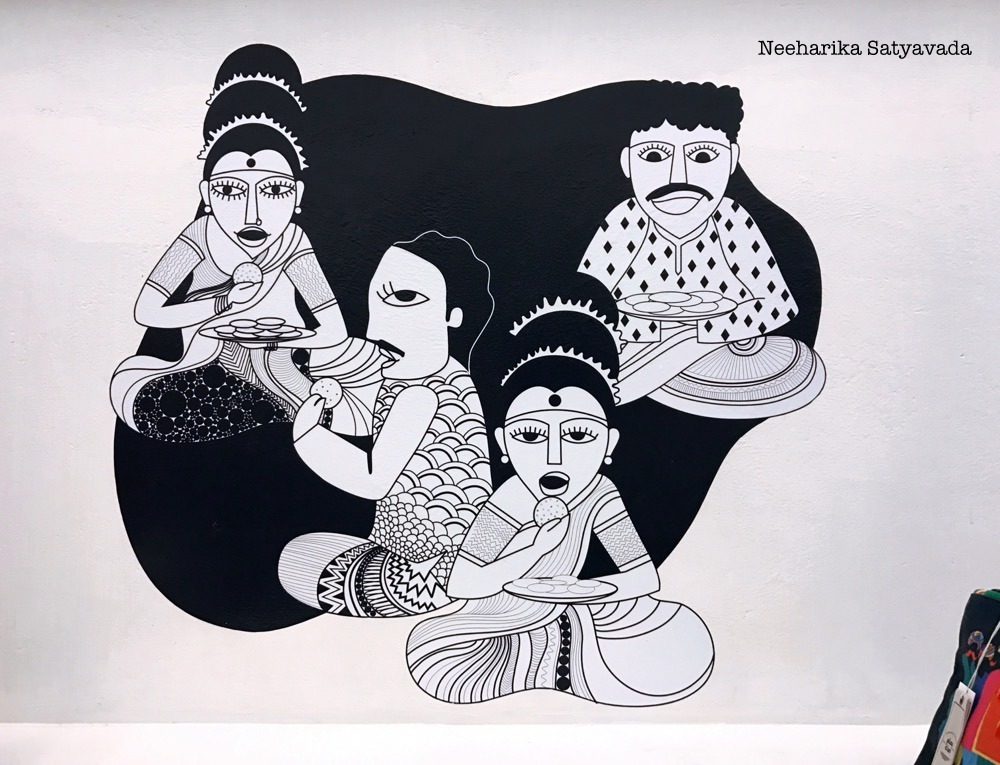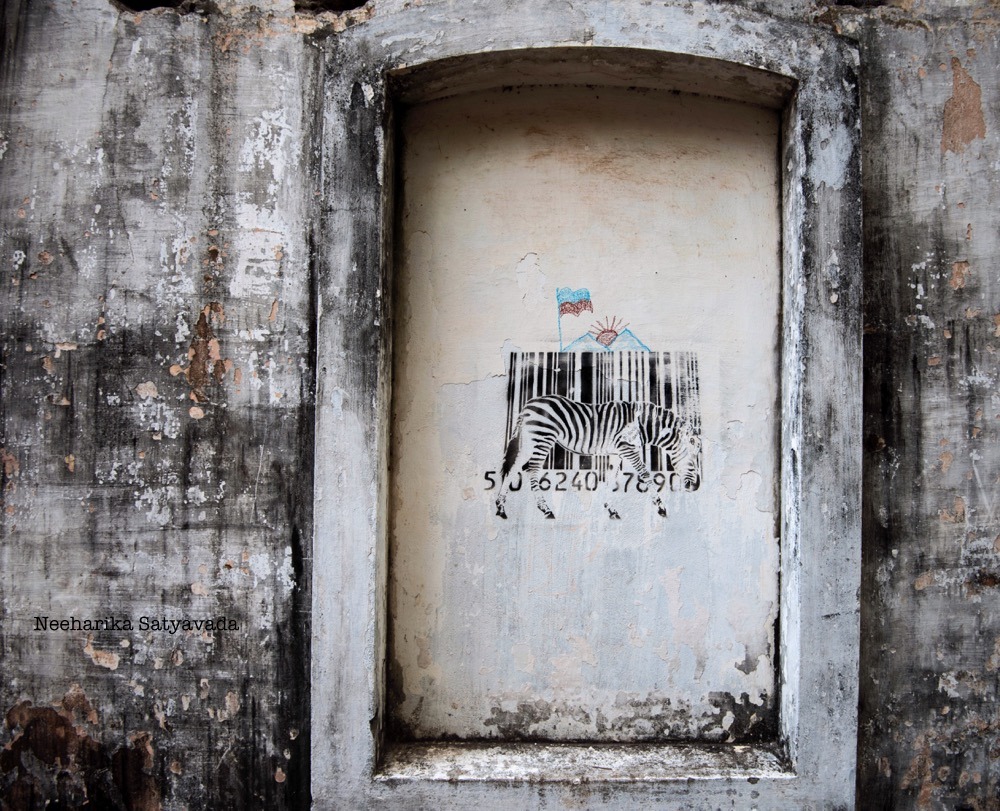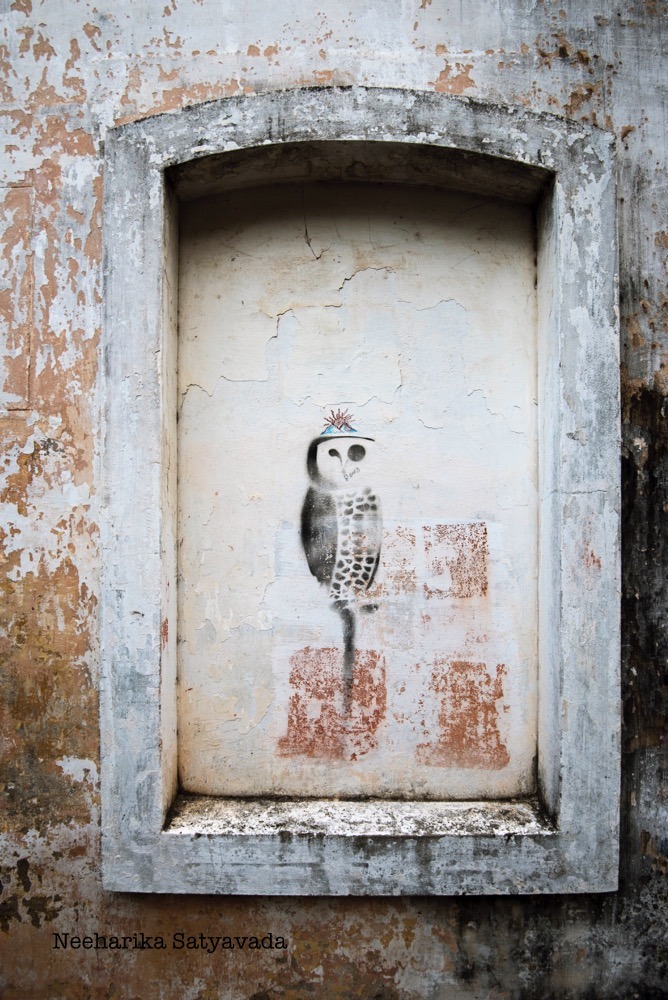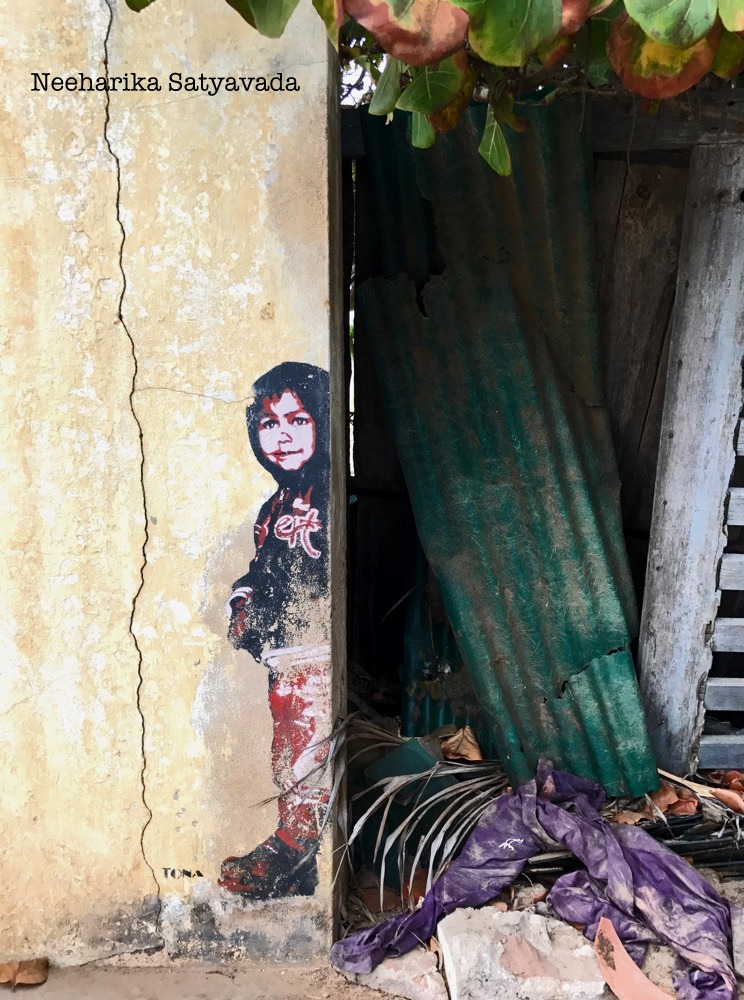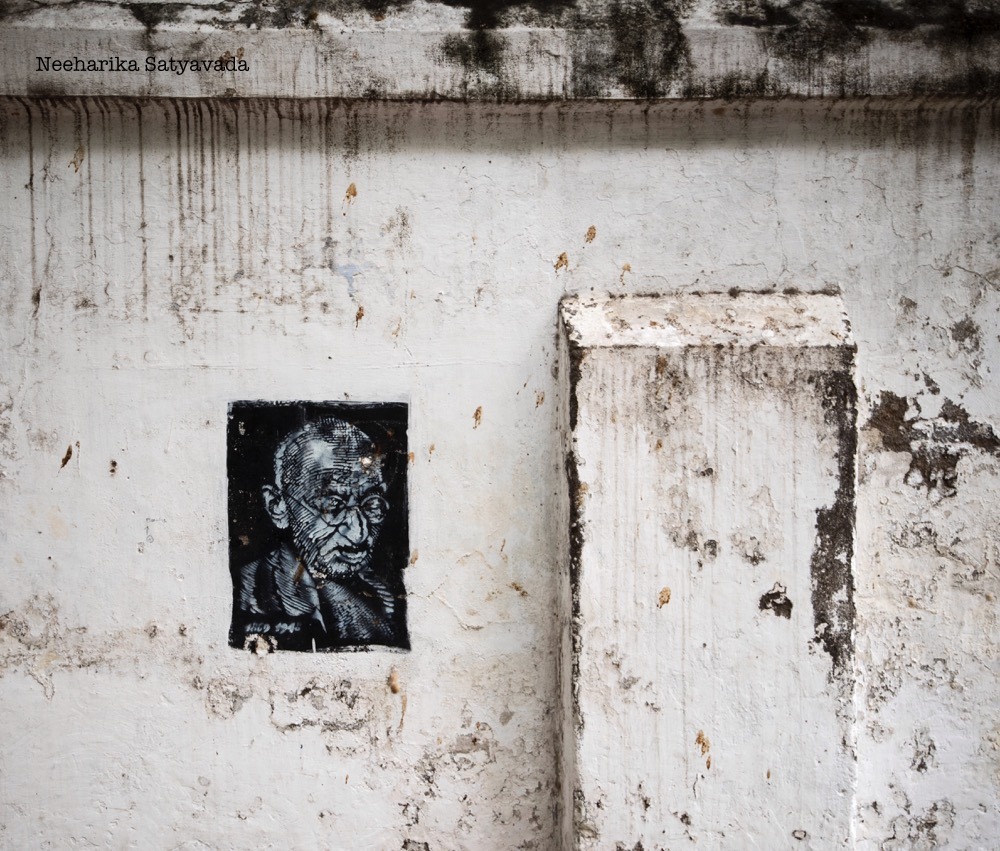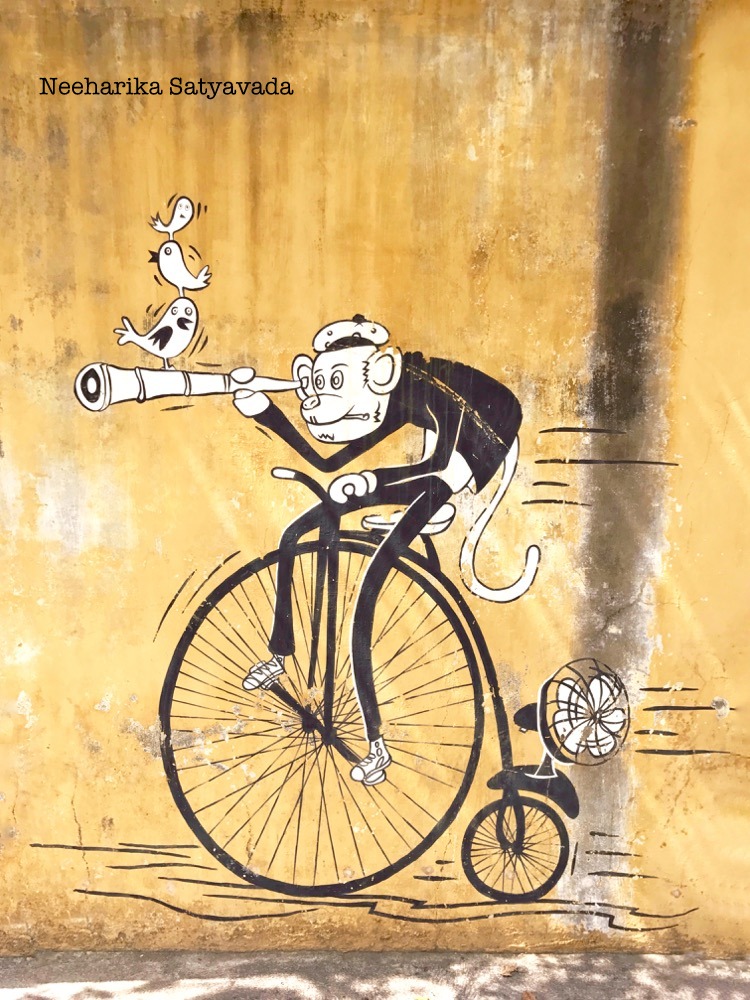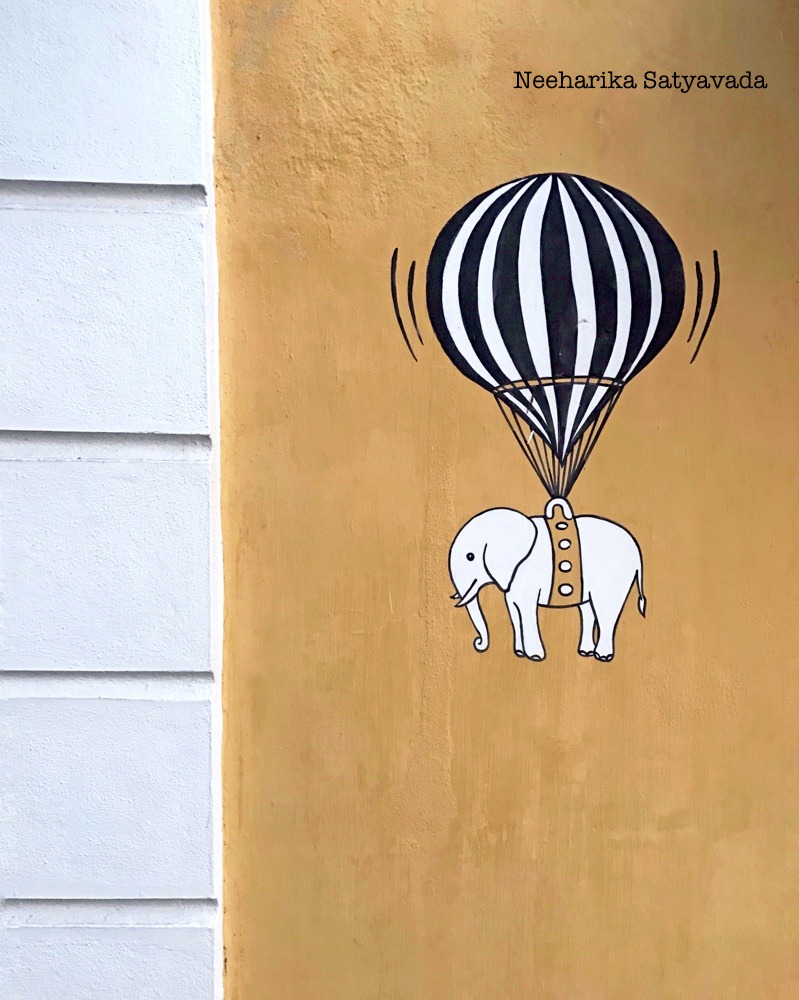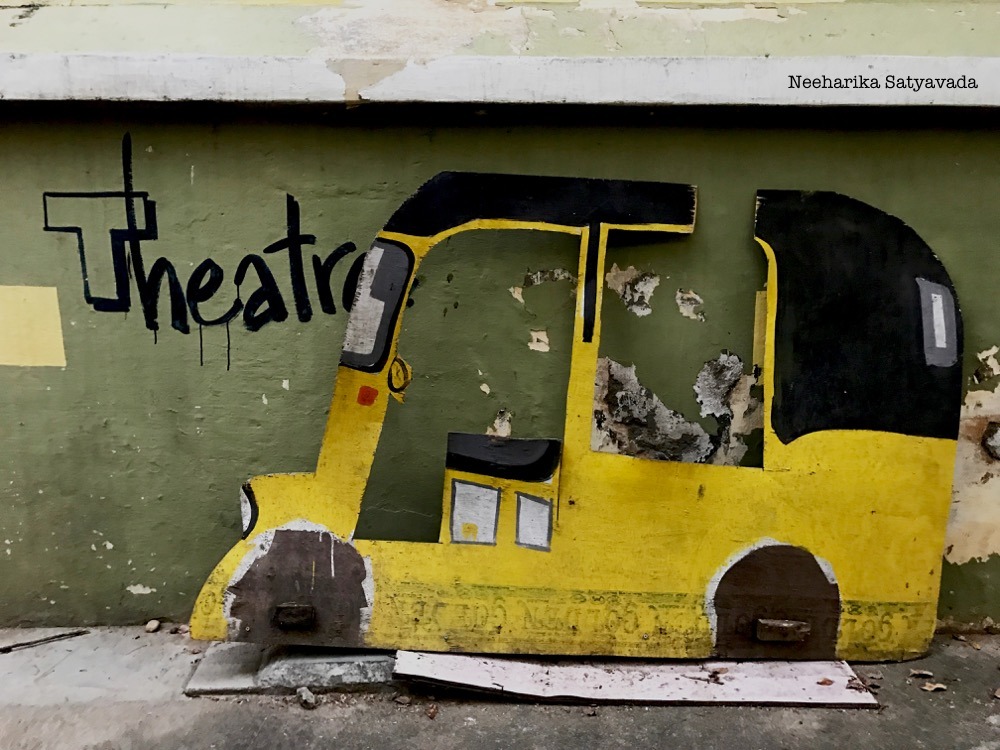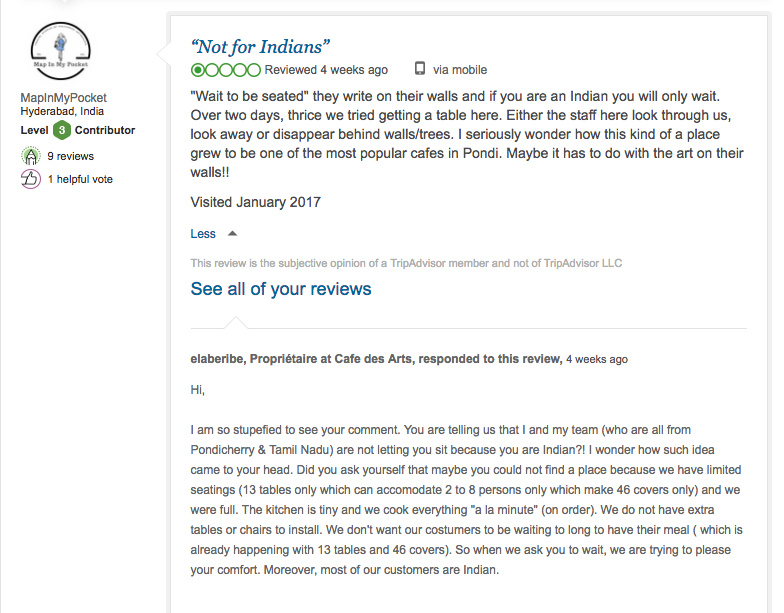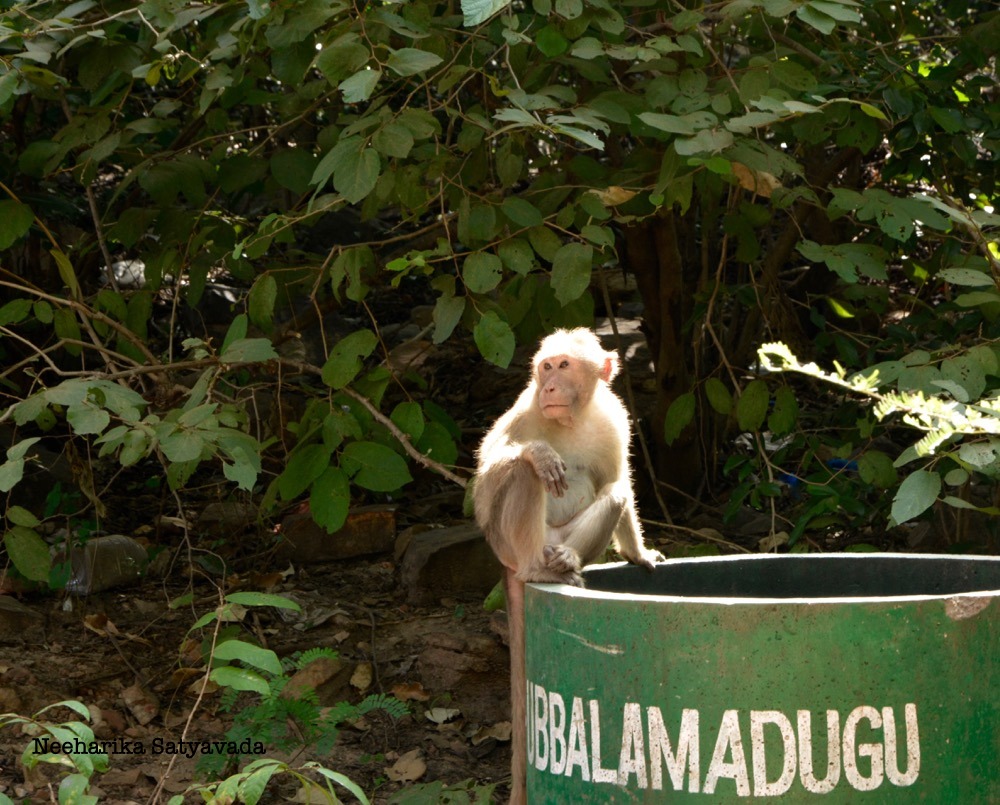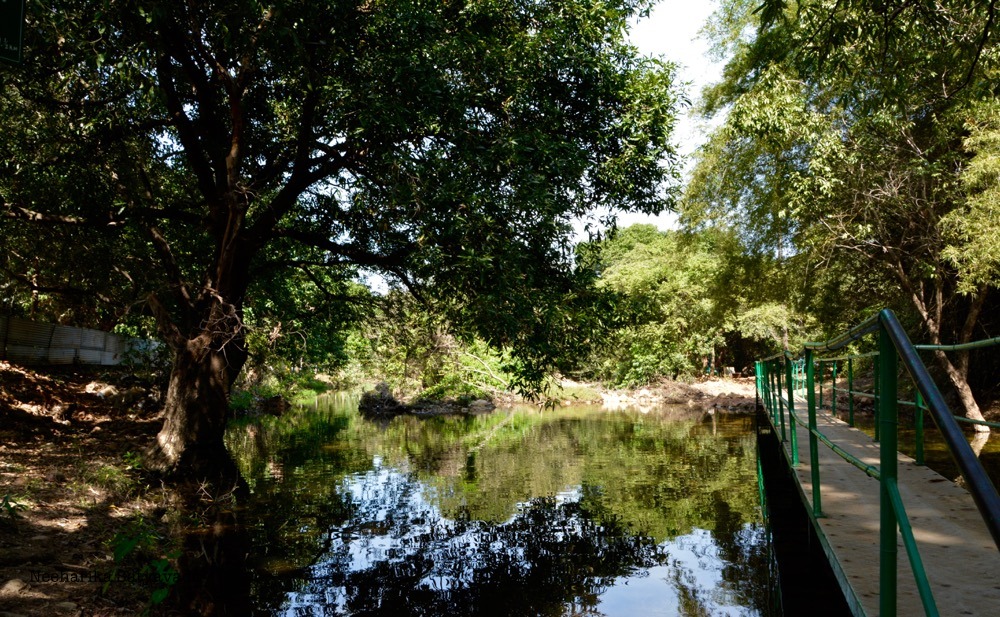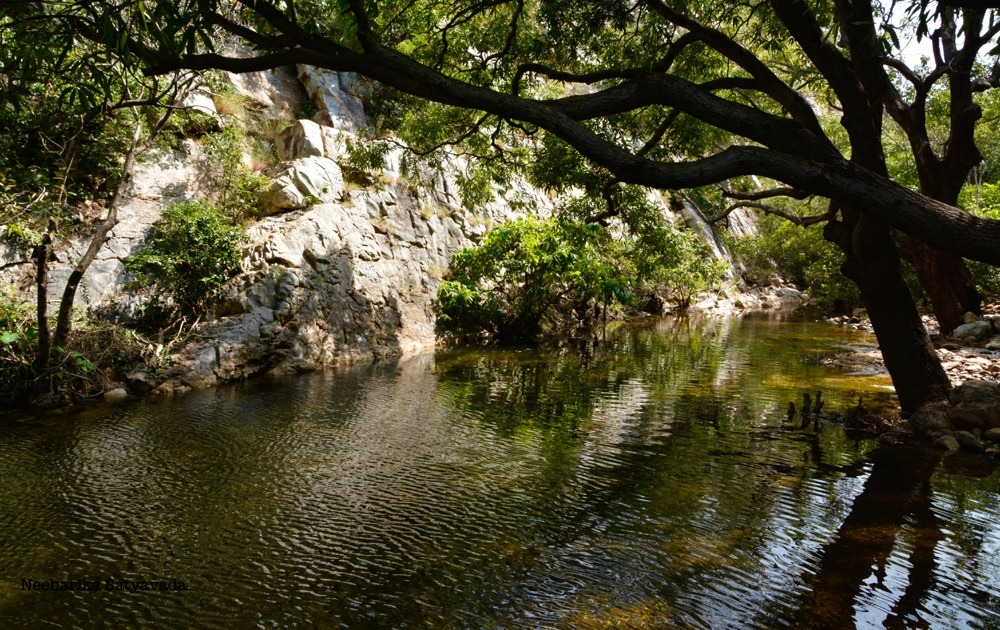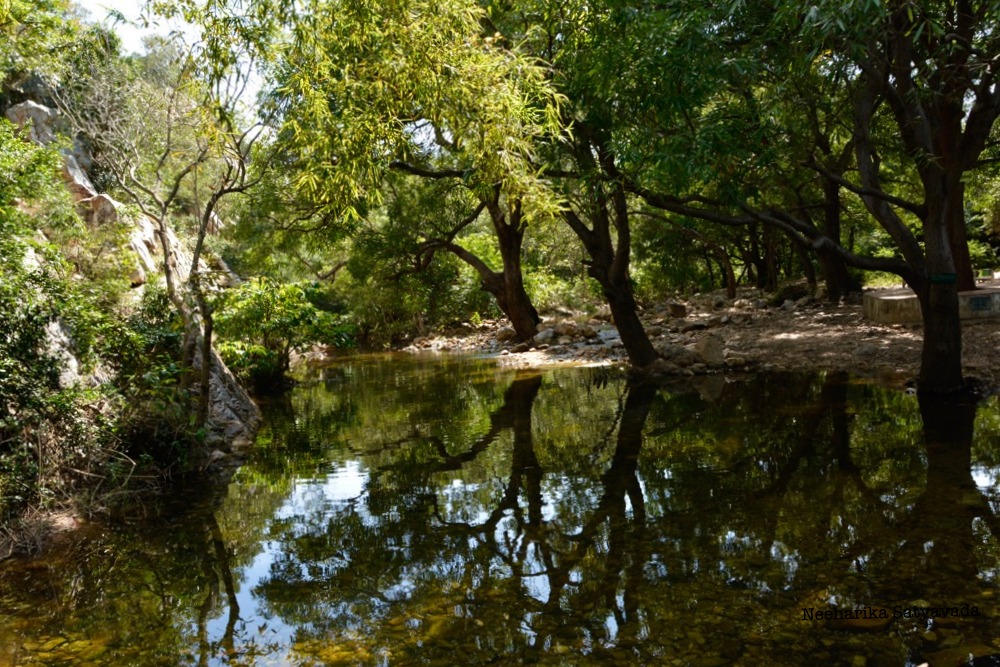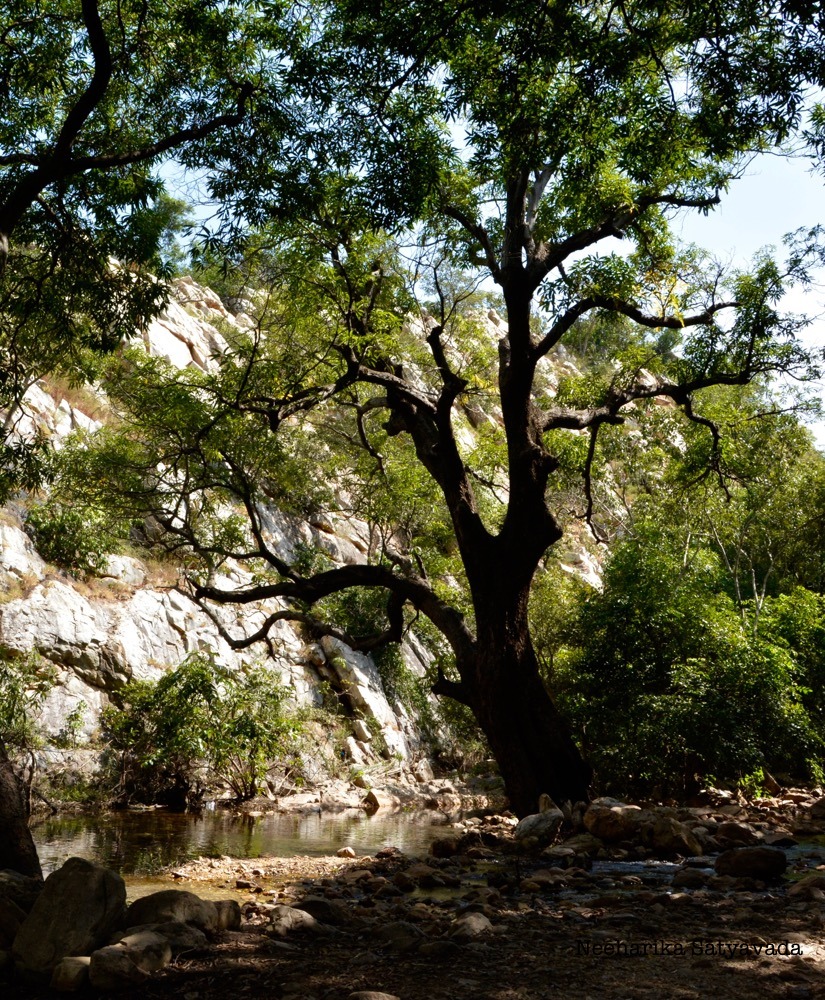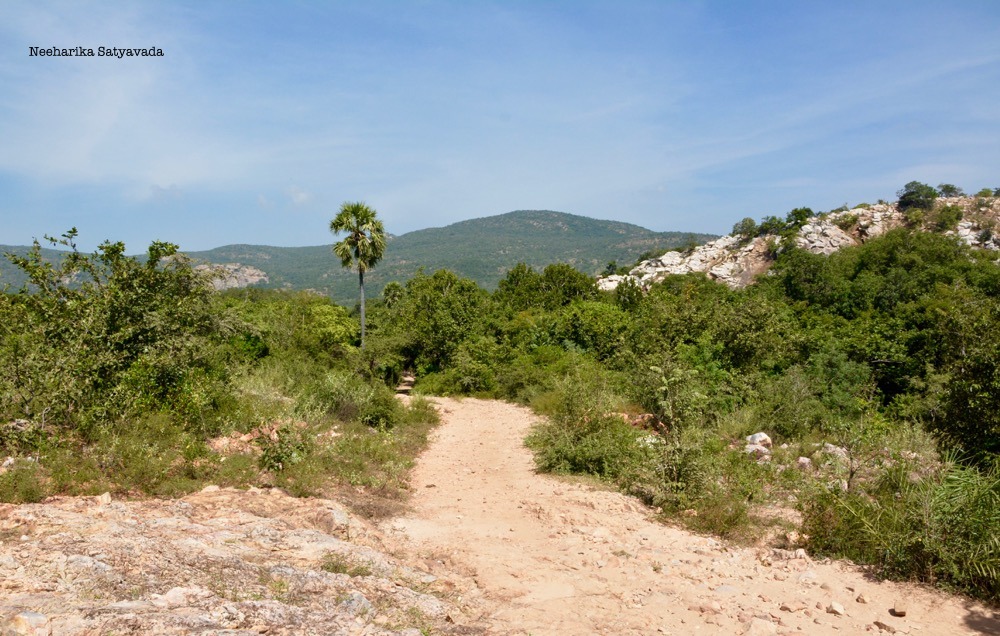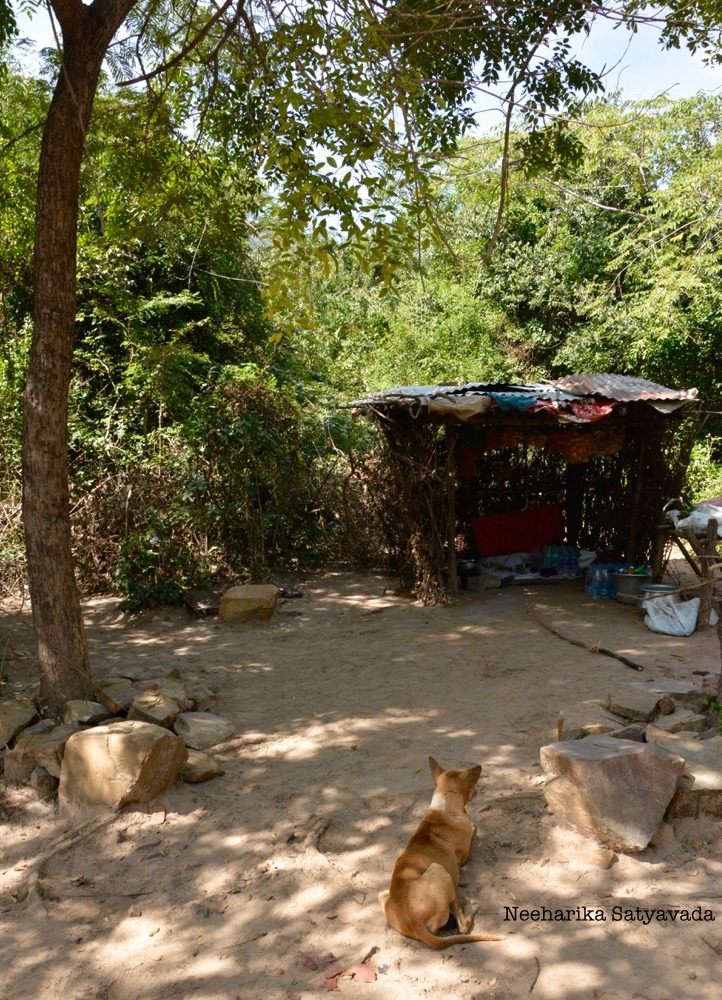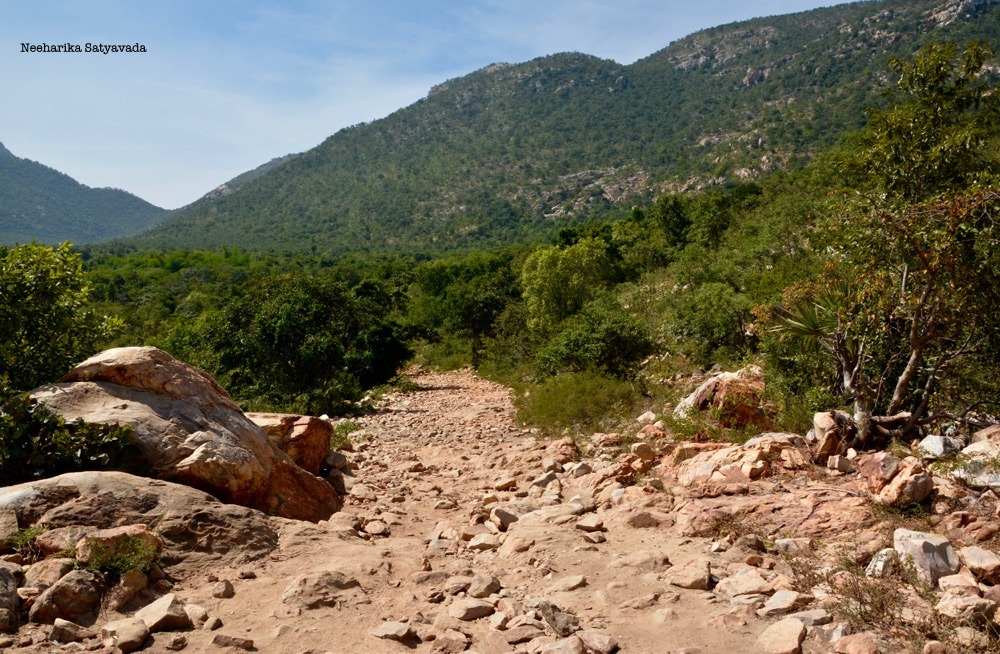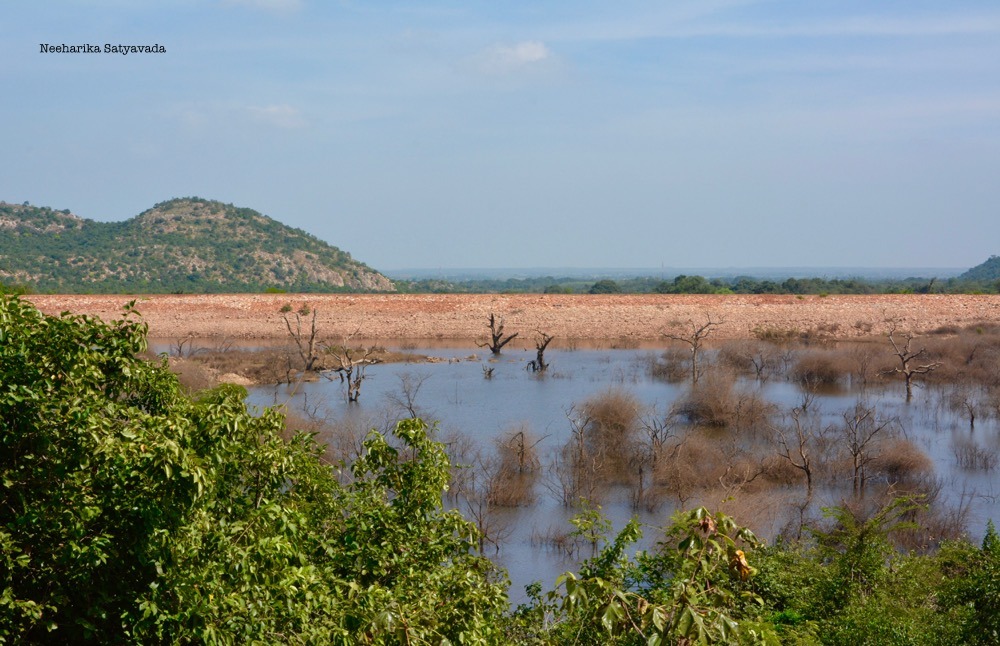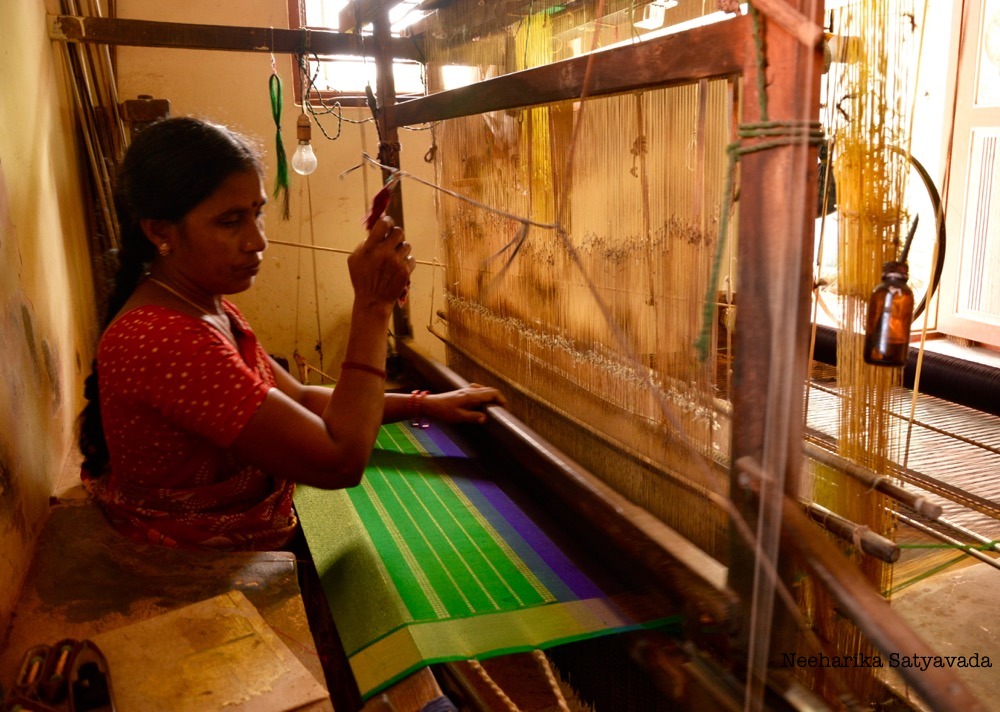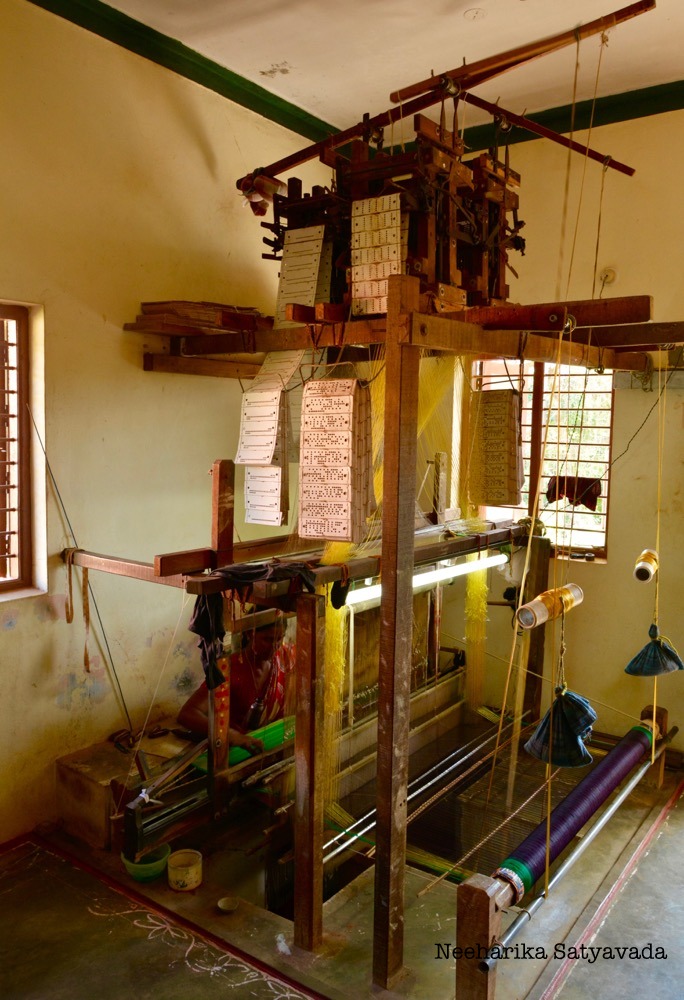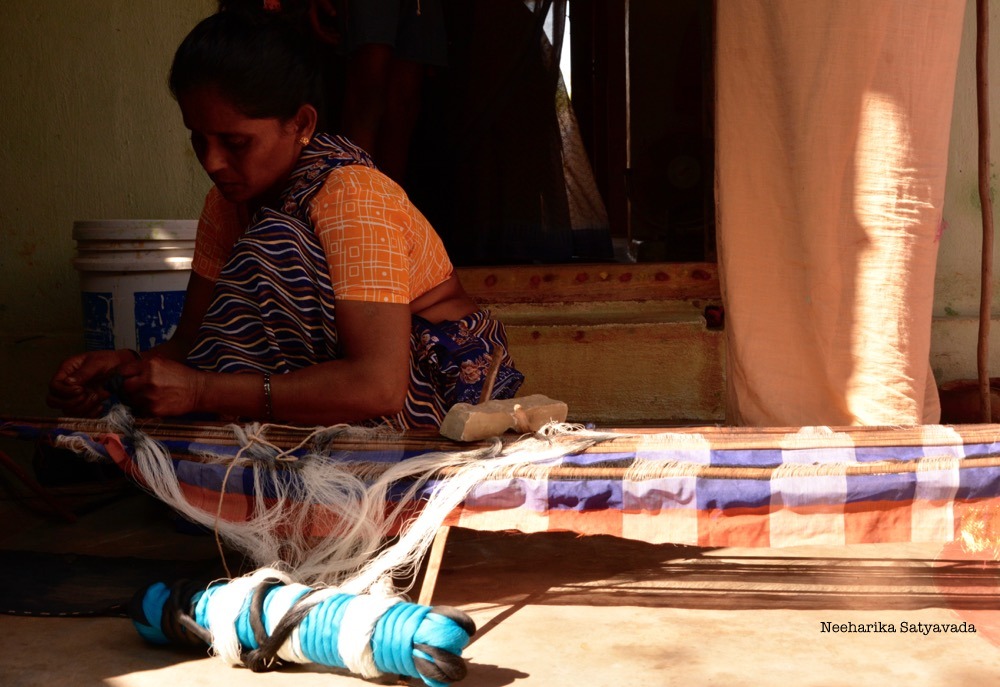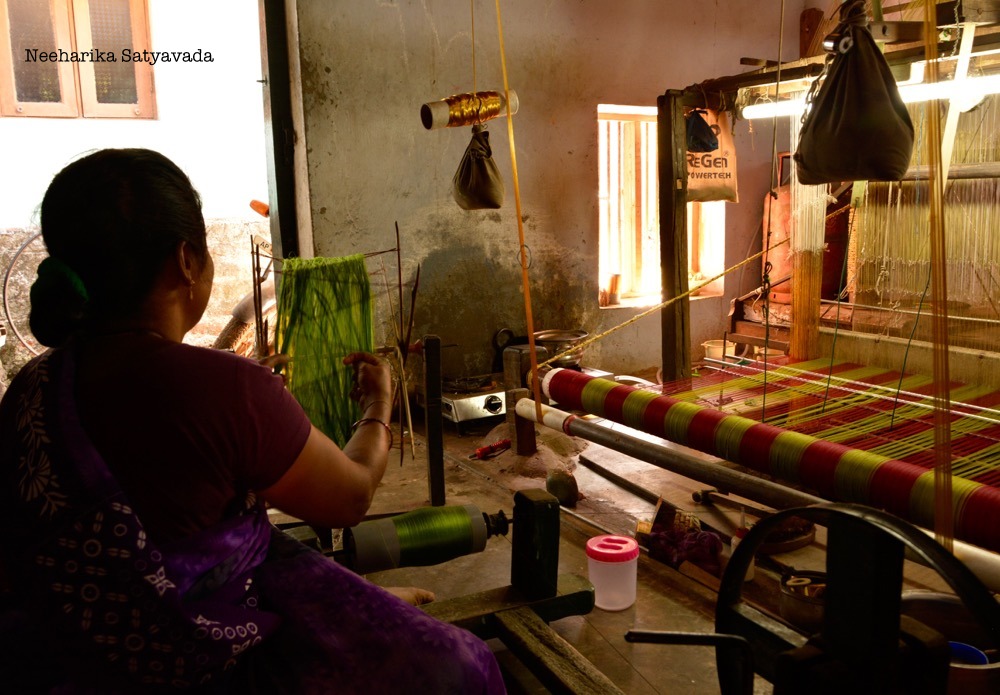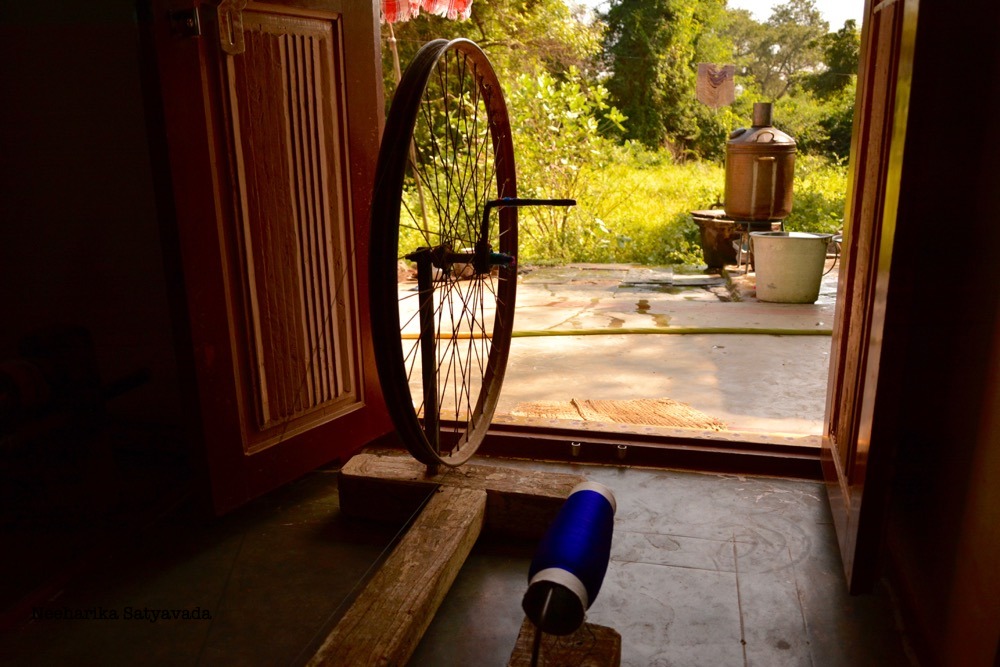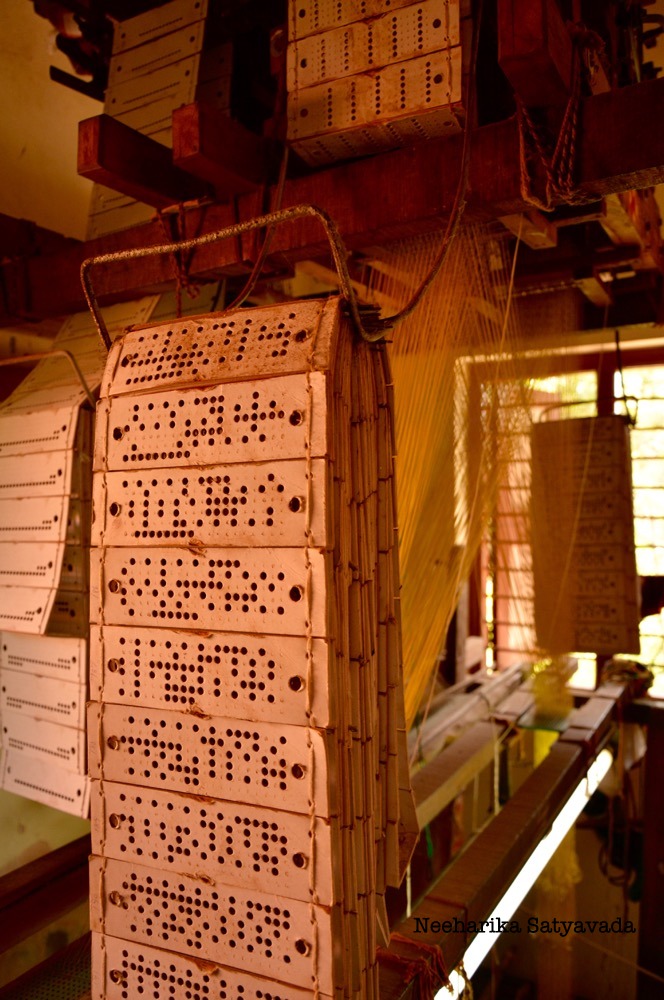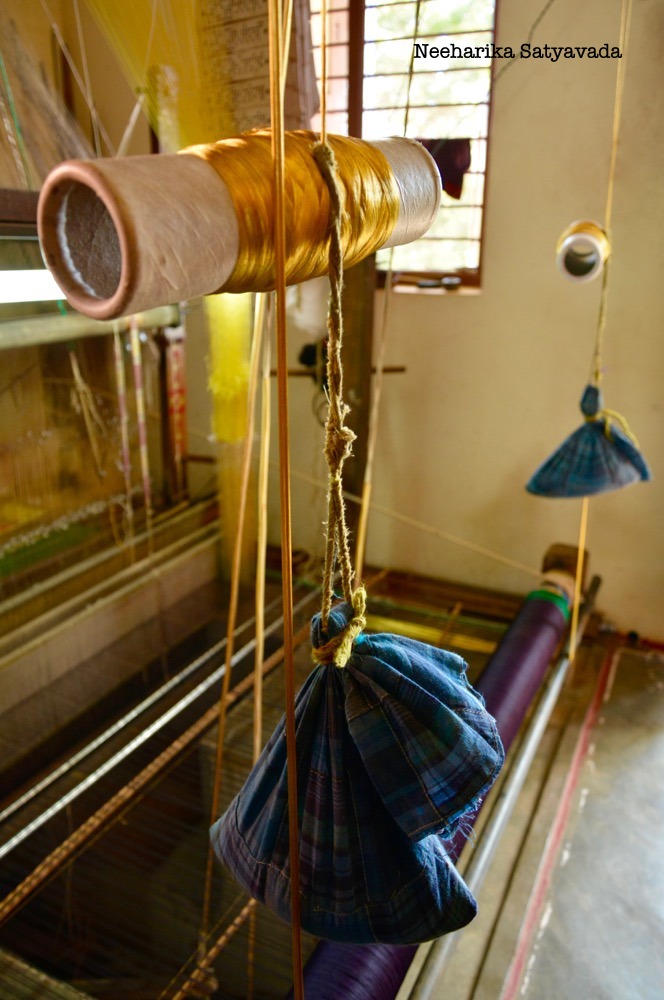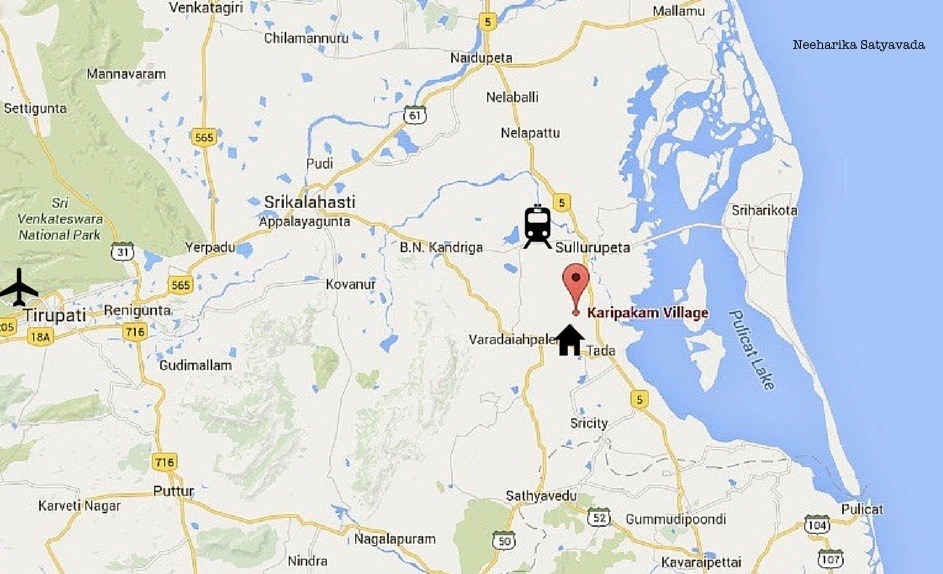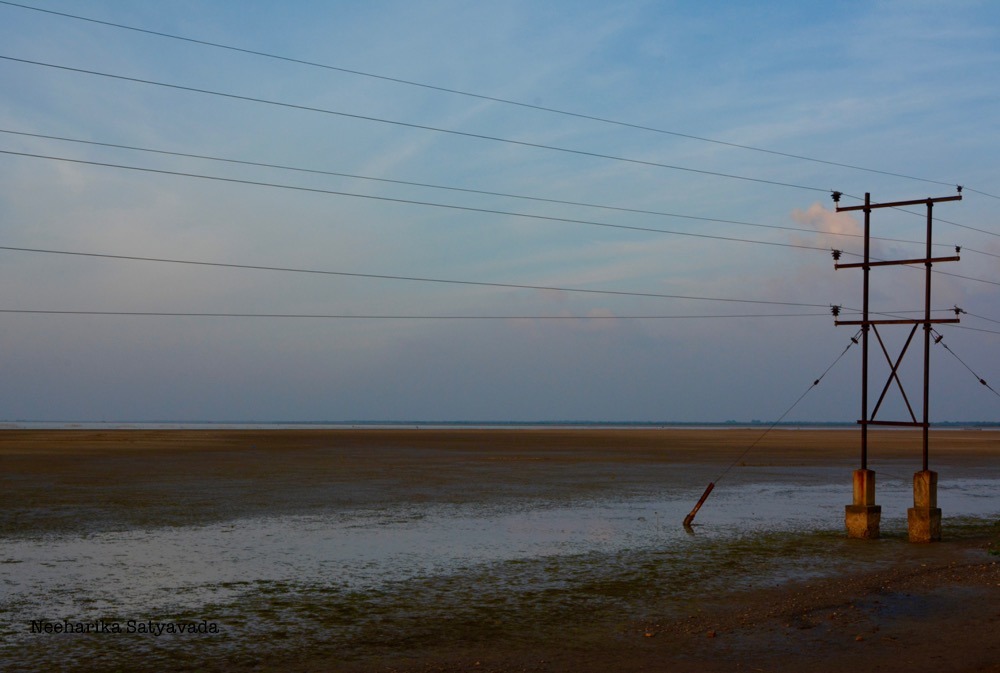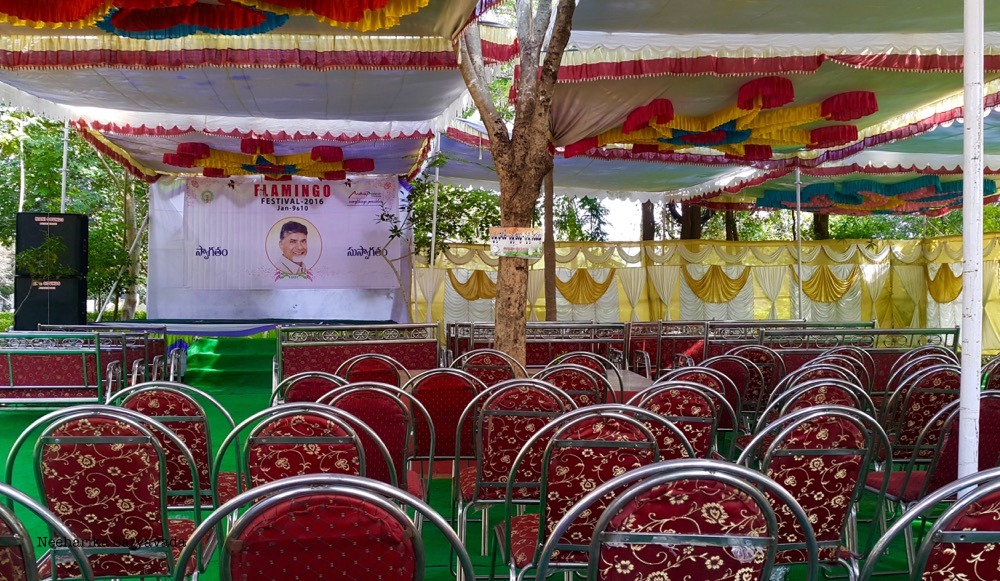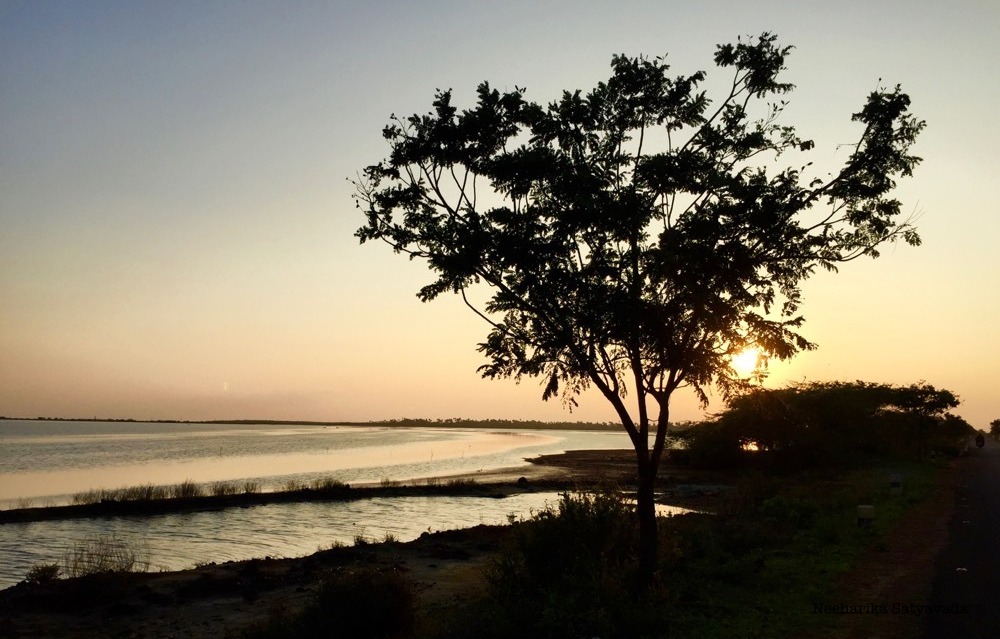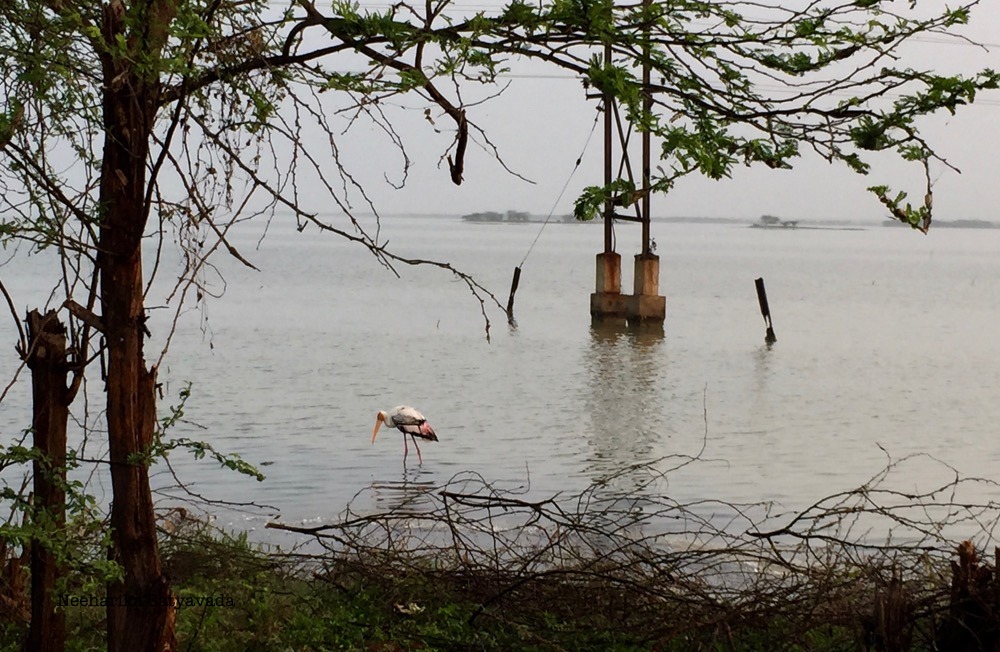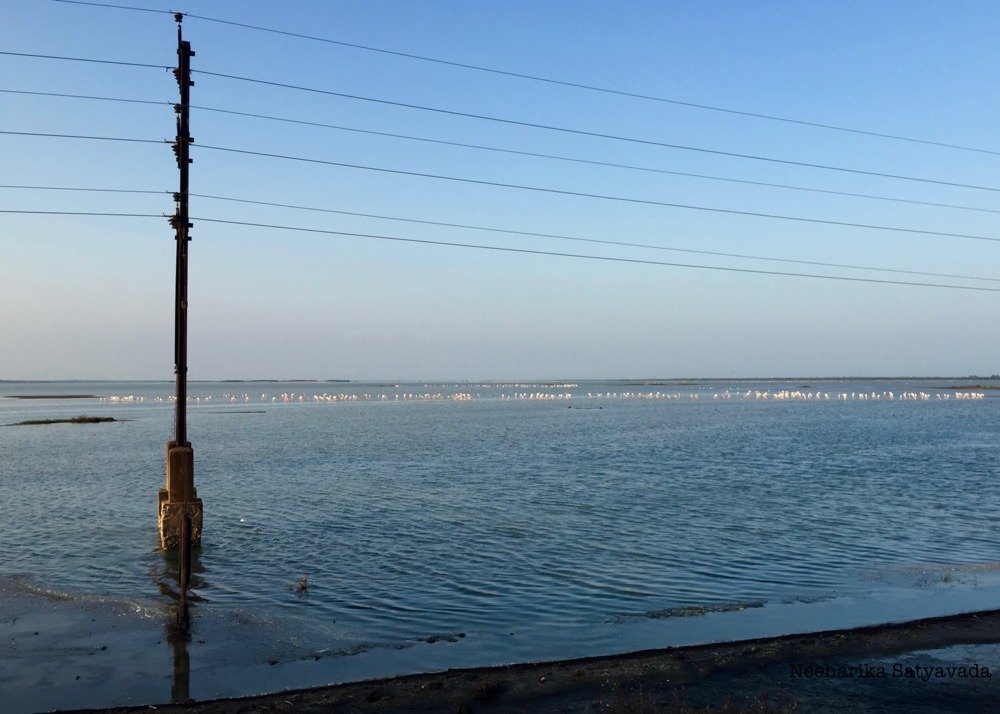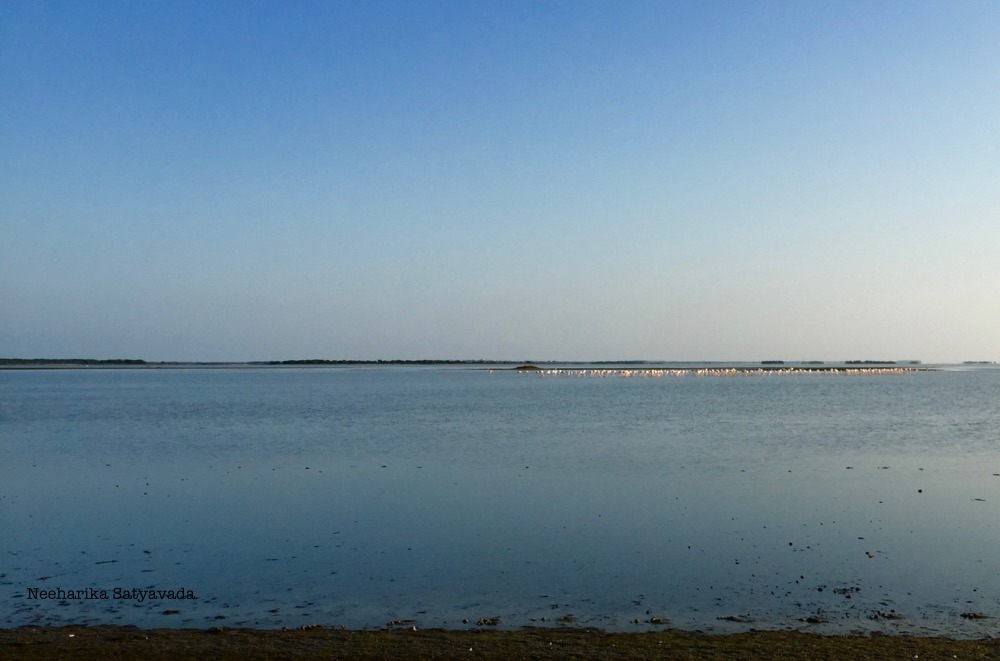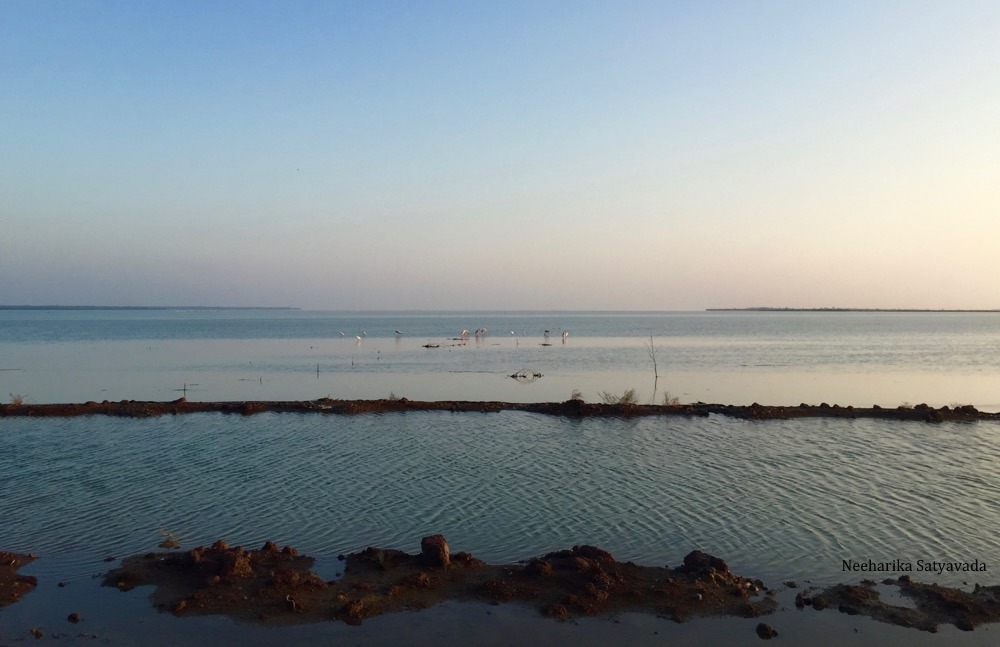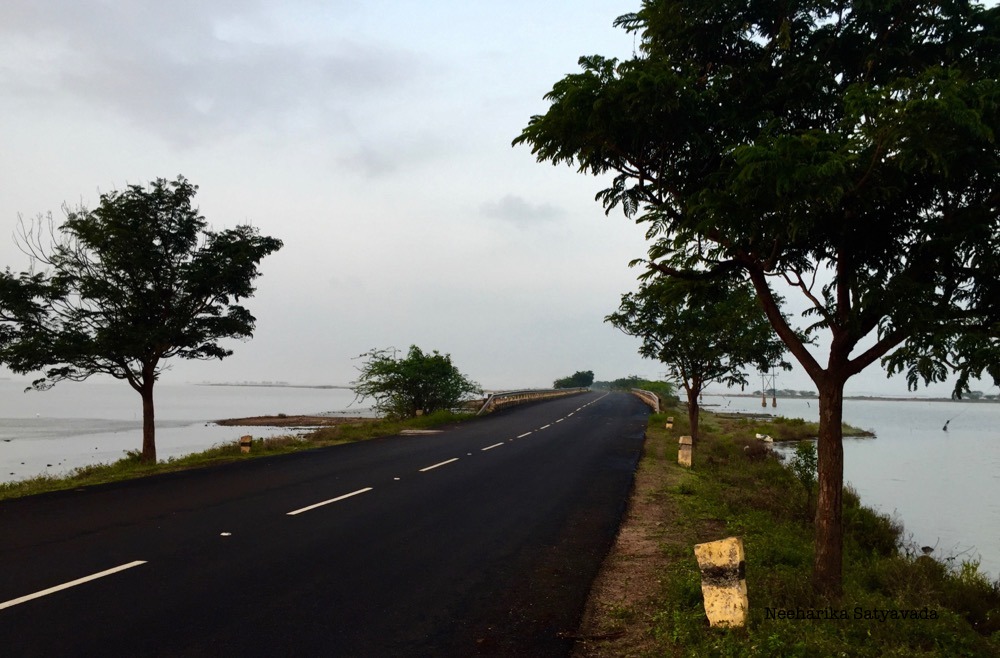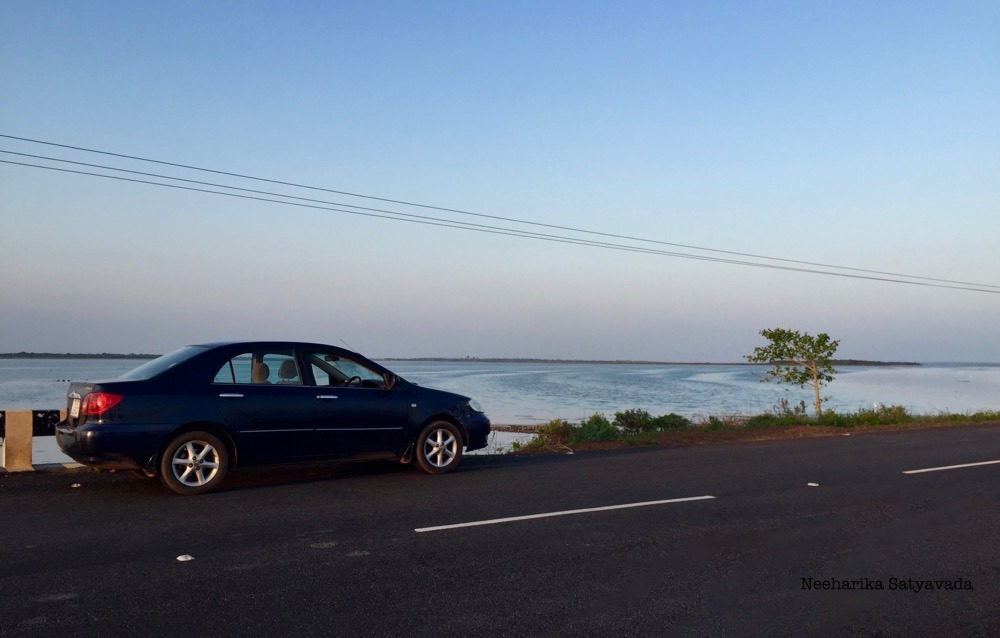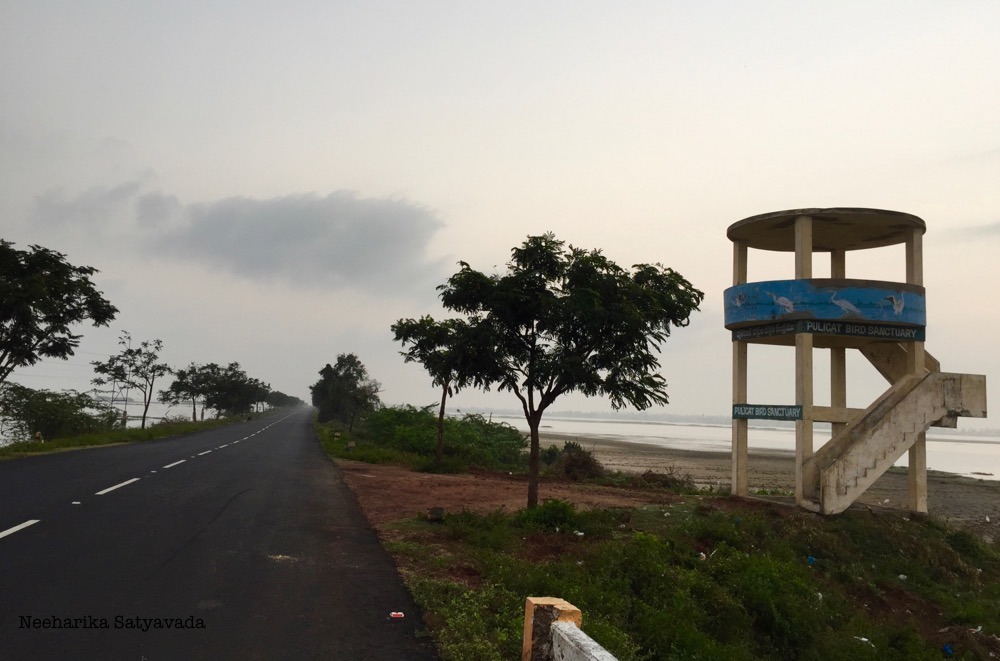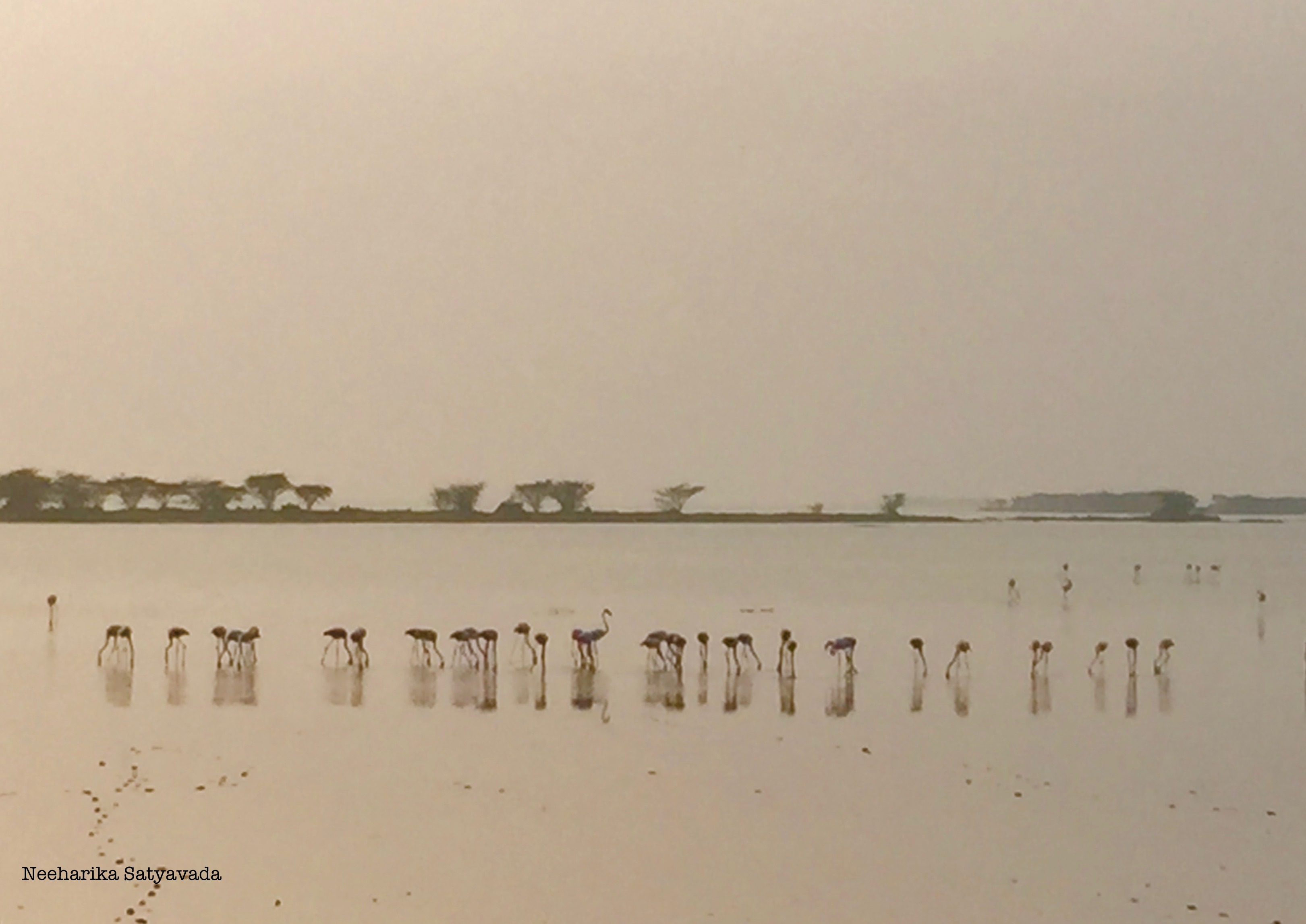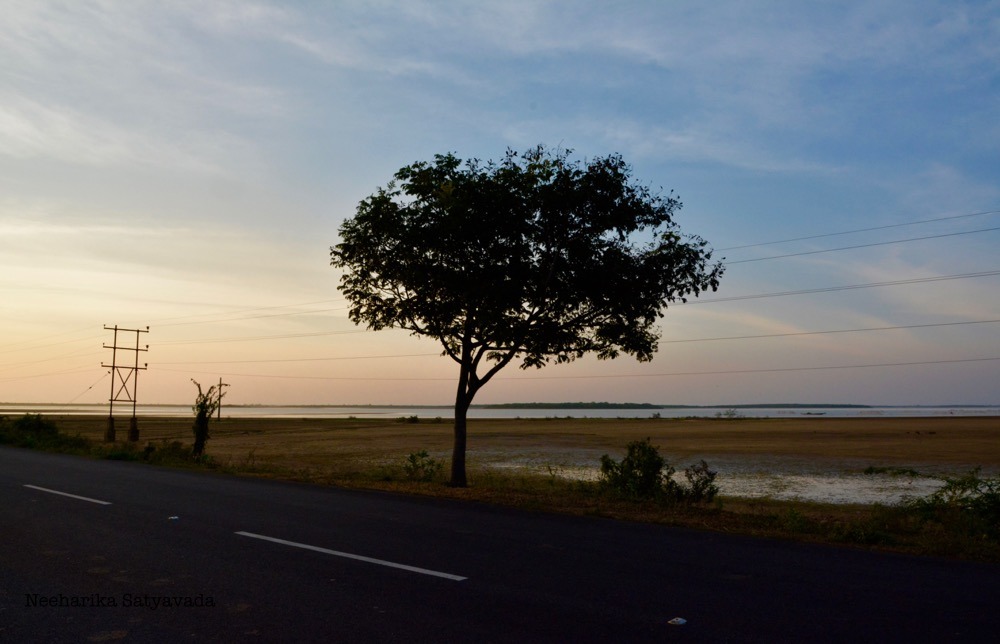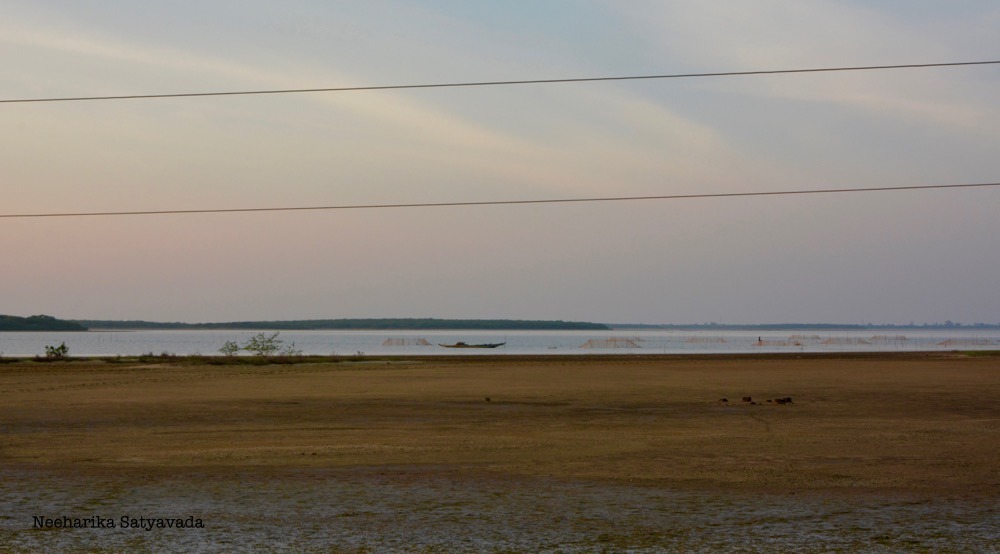There is ever so often that you crave a quick weekend getaway. For a little breather between work and the drudgery of daily life and you do not have the time to plan an elaborate holiday. On those days, long Weekends are like answered prayers. And, just for times like that, here is a list of 8 places to visit near Chennai that are only a few hours away from the city but are as good a tourist destination as any in the country.
1. Mahabalipuram / Mamallapuram
Distance from Chennai | 57 Kilometres
Best Time to Visit | Monsoon & Winter. October – April.
Renowned for its ancient monuments dating back to the Pallavas of the seventh and the eighth centuries, Mahabalipuram is home to numerous Hindu temples sculpted as monolithic chariots, cave sanctuaries and rock reliefs even. Together they form a UNESCO World Heritage Site. The most famous of which are the five Rathas dedicated to the five Pandavas of Mahabharata and the elephantine open air rock relief which is The Descent of the Ganges – also known as Arjuna’s Penance.
Today this ancient seaside town is also buzzing with surfers that are thronging here in their quest for big waves making this the number one place to visit near Chennai.
READ : 7 UNESCO World Heritage Sites in 2017
Getting There | Mahabalipuram is only an hour and half away from Chennai by road. One can also take the train or bus to get here.
2. Pondicherry
Distance from Chennai | 156 Kilometres
Best Time to Visit | Winter. December – April.
Go further down the East Coast Road from Mahabalipuram and you reach Auroville – Pondicherry, which is also next on our list of popular tourist places to visit near Chennai.
They say if you can’t afford a ticket to Europe, travel to Pondicherry instead. Stroll through the white part of town where cafes cool and inviting are at every turn. Or wander through the streets on the Tamil side to absorb the distinctive Franco-Tamil culture of the place.
Pay a visit to Auroville to experience life at this utopian community, meditate in the Matrimandir and shop for eco friendly products. Take a short drive to Arikamedu, an ancient Roman archaeological site or to the Fossil Forest in Tiruvakkarai. Or simply sit on the edge of the rocky beach and let a sense of tranquillity wash over you.
Getting There | The best way to get to Pondicherry from Chennai is by the East Coast Road. There are also trains and buses that connect both cities.
Where to Stay in Pondicherry | Hotel Review: Maison Perumal
Read Stories from Pondicherry
Streets of Pondicherry – Part I: Art
Streets of Pondicherry – Part II: Architecture
3. Tharangambadi ( Tranquebar )
Distance from Chennai | 270 Kilometres
Best Time to Visit | Winter. December – April.
Tharangambadi, ‘the place of the singing waves’, was the first Danish trading post in India and in a Danish twist to its original name, it came to be called Tranquebar. Just like Pondicherry, here too, you will find an eclectic mix of two cultures coming together. Of a former Danish colony and a fishing village of rural Tamil Nadu. Besides the lyrical singing waves and the swaying palms of the southern coast line, there are also the Dansborg Fort and the New Jerusalem Church to explore.
Getting There | The best way to get to Tharangambadi from Chennai is by road. The drive takes over six and a half hours, so one can also take a bus to get to Tharangambadi from Chennai.
4. Trichy
Distance from Chennai | 330 Kilometres
Best Time to Visit | All year round.

One of the oldest inhabited cities of Tamil Nadu and my personal favourite on this list of places to visit near Chennai, Trichy is home to temples both unique and popular. From the more famous Ranganatha Swamy Temple of Srirangam to the little known Rockfort Temple.
Second in size only to the Angkor Wat, Srirangam occupies an entire islet in Trichy and is the largest functioning Hindu temple in the world
Tweet
The Rockfort Temple is a series of cave temples inside an ancient rock that dates back to over a billion years ago. The Jambukeshwara Temple is yet another one of interest in Trichy for all architecture lovers. Also here is the ancient Kallanai Dam, more commonly known as the Grand Anaicut which is a picturesque digression from all the temples.
One can also extend the trip by driving to Thanjavur or Kumbakonam, both towns boast of ancient temples of stunning architecture.
Getting There | There are regular flights from Chennai to Trichy everyday. By road the drive to Trichy takes around six hours. There are also connecting trains between the two cities.
Read Stories from Trichy
5. Thanjavur
Distance from Chennai | 320 Kilometres
Best Time to Visit | Dry, cool months. January – March.

In and around Thanjavur are ‘The Great Living Chola Temples’, three grand temple complexes dating back to the 11th and 12th centuries. These UNESCO classified world heritage sites make Thanjavur one of the best destinations in the country for architecture & history enthusiasts.
But this historical town earns its position on this list of places to visit near Chennai not just for this but also because it is the go-to shopping destination for art lovers and connoisseurs. It is from Thanjavur that the strikingly beautiful gold laid Tanjore Paintings come from.
The Thanjavur Maratha Palace along with its museum dedicated to the Chola heritage of the region is another tourist attraction here that is worth a visit.
Getting There | Nearest Airport is Trichy. One would have to fly to Trichy and drive down to Thanjavur, which takes about one and a half hours. But, there are frequent trains and buses from Chennai to Thanjavur.
Read Stories from Thanjavur
Hello, Kumbakonam Filter Kaapi.
Great Living Chola Temples : Vol I
Great Living Chola Temples : Vol II
6. Madurai
Distance from Chennai | 460 Kilometres
Best Time to Visit | All year round.
Madurai is Tamil Nadu’s pride and the illustrious Meenakshi Amman temple here is truly a marvel. One cannot help but lose oneself in the labyrinth of courtyards in this sprawling temple complex of immense proportions.
Its fourteen Dravidian style gopurams etched in beautiful detail and intense colour dominate the city’s skyline. So striking is this temple that it has even inspired full blown life size movie sets in the South.
Getting There | Madurai is connected to Chennai via regular flights, trains and buses. By road, it is an eight hour journey from Chennai to Madurai.
7. Kodaikanal
Distance from Chennai | 525 Kilometres
Best Time to Visit | Summer. March – June.
Driving through the western ghats to get to Kodaikanal – this beautiful hill station that often serves as a less crowded alternative to the more famous Ooty – is in itself a pleasurable experience. It sure is the ideal destination for a leisurely holiday, for here you can spend your days amongst the mist rolled hills indulging in home made chocolates and boating in the Kodai Lake.
Getting There | One can get to Kodaikanal from either Coimbatore or Madurai. The drive to Kodaikanal takes anywhere between three to four hours from either of the airports. There are direct trains and buses too that ply regularly between Chennai and Kodaikanal.
8. Rameshwaram
Distance from Chennai | 540 Kilometres
Best Time to Visit | All year round.
One of the major Hindu pilgrimage sites in the country, Rameswaram is where Rama worshipped Shiva or Eswara as he is also known, giving this unique holy city its name.
It is also believed that it was from here, in Rameshwaram, that Rama built the bridge to Lanka to bring back Sita after defeating Ravana.
Tweet
But it is the Ramanathaswamy Temple here that brings the most travellers to this Ramayana site. This temple of the many sculpted corridors is a shining example of beautiful Indian architecture. The outer corridor alone has over a thousand carved pillars that taper off into what looks like an exquisitely painted tunnel.
Add to it the beauty of Pamban Island itself, the island on which this temple town is located and Rameshwaram becomes the one destination on the list of places to visit near Chennai that just cannot be missed!
Getting There | Nearest Airport is Madurai and the drive from Madurai to Rameshwaram takes around three and a half hours. By train or bus, it is an overnight journey.
Travel with me. Come find me on Instagram, Facebook or Twitter.
